Incrementality is one of those marketing buzzwords that gets thrown around a lot, but ask five marketers what it means, and you’ll get five different answers.
For some, it’s synonymous with lift measurement. For others, it’s a vague concept bundled in with attribution.
But incrementality isn’t just jargon.
It’s a rigorous, experiment-driven methodology that helps marketers answer a critical question: Did this campaign actually drive results, or would they have happened anyway?
In an era where privacy regulations, cookie deprecation, and platform data restrictions are eroding traditional attribution models, incrementality has emerged as a must-have measurement tool.
It cuts through the noise, isolates true campaign impact, and empowers marketers to make smarter, data-backed decisions.
In this guide, we’ll define what incrementality really is, explore how incrementality tests work, discuss their applications and challenges, and explain how incrementality fits alongside attribution models like Marketing Mix Modeling (MMM) and Multi-Touch Attribution (MTA) for a holistic measurement strategy.
What Is Incrementality?
Incrementality is the measure of the additional impact, or "lift," that a marketing activity has on a desired outcome, beyond what would have happened without it.
In other words, it answers the critical question: Did this campaign actually drive more conversions, or would those sales have happened anyway?
Unlike traditional attribution models, which often rely on tracking clicks and views to assign credit, incrementality seeks to establish causality, not just correlation.
It does this by comparing the performance of a treatment group (exposed to the marketing effort) against a control group (not exposed to the marketing effort) in order to isolate the true effect of the campaign.

For example, if a paid social campaign generates 1,000 purchases, but the control group, which wasn’t shown the ads, still produces 800 purchases, the incremental lift is only 200 purchases.
That’s the portion of impact you can confidently attribute to the campaign.
This causal measurement approach allows marketers to separate “would-have-happened-anyway” actions from genuine campaign-driven outcomes, providing a clearer, more accurate picture of marketing effectiveness.
How Incrementality Works
Now that we’ve covered what incrementality is, let’s talk about how it works.
At its core, incrementality analysis is a form of experimentation that borrows directly from the scientific method.
It’s a structured way to answer: Did my marketing effort cause a measurable lift in results?
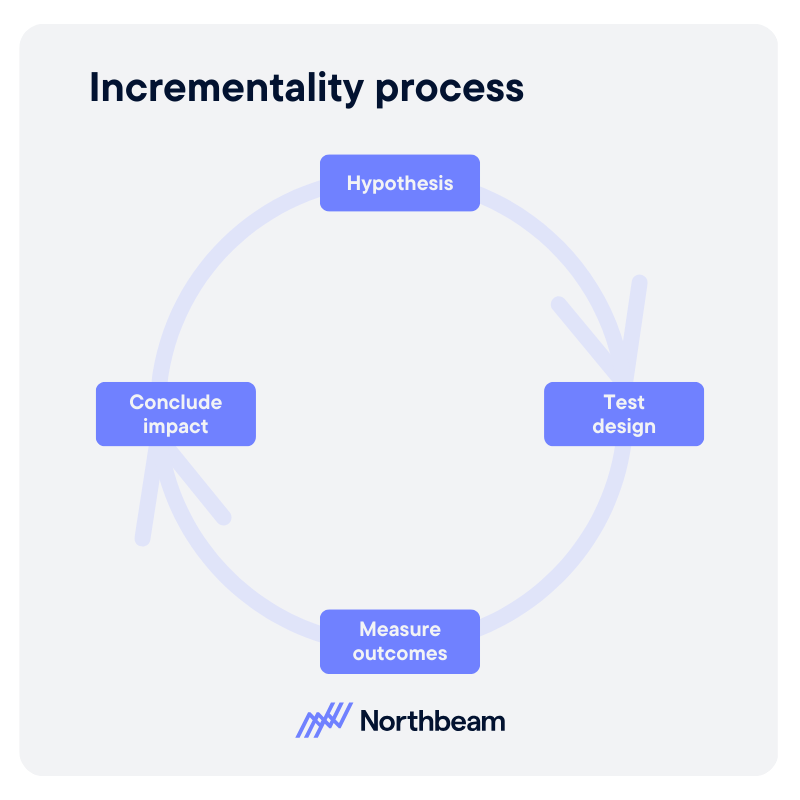
The process follows a simple but rigorous framework:
- Hypothesis: Define a clear hypothesis, such as “Running Meta ads will increase conversions by 10% compared to no ads.”
- Test Design: Split your audience or regions into treatment (exposed to the marketing effort) and control (not exposed) groups.
- Measure Outcomes: Track performance across both groups without making mid-test changes.
- Conclude Impact: Analyze the difference in outcomes to determine the true lift (the “incrementality”) caused by your campaign.
Common Types of Incrementality Experiments
There are various types of causal marketing experiments that measure incrementality, including:
- Randomized Control Trials (RCTs): The gold standard of experimentation, where individuals are randomly assigned to treatment or control groups. Most often used in digital campaigns like Meta Ads.
- Holdout Tests: A portion of the audience is “held out” from seeing specific ads to serve as the control. For instance, holding out 10% of your audience from a Google Ads campaign.
- Geo-Testing: Geographically splitting markets into treatment and control groups. This method is popular for offline media like TV or radio, where randomizing individuals isn’t feasible.
These controlled, causal marketing experiments are critical for distinguishing causality from coincidence, providing marketers with reliable, actionable insights into what’s truly moving the needle.
Why Incrementality Matters in Modern Marketing
Attribution models like Multi-Touch Attribution (MTA) have long been the go-to for measuring marketing performance.
These models attempt to track every touchpoint a customer interacts with — clicks, views, and engagements — to assign credit for conversions.
But in today’s privacy-conscious world, attribution is becoming less reliable (if you don’t use Northbeam, that is).
The deprecation of third-party cookies, iOS 14’s App Tracking Transparency (ATT) updates, and other privacy regulations have significantly reduced marketers’ ability to track individual user behavior across platforms.
As visibility fades, attribution models often fall back on shaky assumptions, leading to over-attribution of conversions to the last-clicked channel or missing data altogether.
That’s where incrementality steps in.
Unlike attribution, which correlates touchpoints with outcomes, incrementality isolates causality.
It doesn’t rely on user-level tracking to infer which ad drove a sale. Instead, it measures the actual lift generated by marketing efforts through controlled experiments.
This makes it an essential tool for:
- Proving ROI in a post-cookie world: With deterministic tracking on the decline, incrementality analysis offers a privacy-safe way to demonstrate true campaign effectiveness.
- Budget justification: CMOs and marketing teams can use incrementality results to confidently defend their budgets, showing exactly how much impact campaigns are driving beyond organic or baseline performance.
- Smarter budget allocation and channel testing: Incrementality experiments help identify which channels, creatives, and campaigns deliver real business value, informing future spend and optimization strategies.
In an era where marketing measurement is growing more opaque, incrementality offers clarity.
It empowers marketers to cut through the noise of vanity metrics and focus on what truly matters: driving incremental business growth.
Incrementality Challenges and Considerations
While incrementality testing is a powerful measurement tool, it’s not without its challenges. Running a clean, reliable test requires careful planning, resources, and a strong understanding of statistical principles.
Here are some key considerations:
1. Sample Size and Statistical Significance
To detect true lift, incrementality tests need a large enough sample size to ensure statistically significant results.
Small audiences or short test durations can lead to inconclusive findings, where observed differences might just be random noise.
For brands with lower conversion volumes, achieving statistical power may require longer test periods or broader audience targeting.
2. Spillover Effects
In a real-world environment, it’s difficult to perfectly isolate treatment and control groups.
A customer in the control group might hear about a promotion from a friend or encounter an ad indirectly through organic channels.
These spillover effects can blur the lines between exposed and unexposed groups, diluting the measured lift and complicating interpretation.
3. Operational Disruptions
Incrementality tests demand strict control over campaign variables.
Once a test begins, mid-test changes, such as tweaking budgets, creatives, or targeting, can compromise the experiment’s validity.
For many fast-moving marketing teams, this “no changes allowed” rule can be operationally challenging, requiring discipline and buy-in from stakeholders.
4. Expertise Required for Test Design and Analysis
Incrementality testing isn’t a “set-it-and-forget-it” exercise.
Designing a robust test framework, managing control variables, and interpreting the results require a level of statistical and analytical expertise.
Missteps in setup or analysis can lead to flawed conclusions, undermining the very clarity incrementality is meant to provide.
But despite these challenges, the payoff is worth it for many marketers. With the right planning and tools, incrementality tests can deliver insights that provide an honest and actionable view of marketing impact.
Incrementality vs MMM vs MTA
Incrementality testing isn’t the only way to measure marketing impact, but it solves for gaps that other methods may leave behind.
To understand where incrementality fits, it’s important to compare it with Marketing Mix Modeling (MMM) and Multi-Touch Attribution (MTA): two of the most common measurement approaches.
Why Best-in-Class Marketers Combine All Three

No single measurement method is perfect on its own.
Leading marketing teams leverage a combination of incrementality, MMM, and MTA to build a well-rounded measurement strategy:
- MTA provides immediate, granular insights into digital performance but struggles with data gaps in a privacy-first world.
- MMM offers a comprehensive, long-term view of how all marketing and external factors influence business outcomes but lacks real-time agility.
- Incrementality fills in the blanks by establishing causality for specific campaigns or channels, delivering mid-term insights that neither MMM nor MTA can reliably provide alone.
How to Get Started with Incrementality Testing
Ready to measure the true impact of your marketing efforts?
Here’s a step-by-step guide to launching your first incrementality test.
Step 1: Identify High-Impact Channels to Test
Start by selecting channels where spend is significant and results are ambiguous.
Paid media platforms like Meta Ads, Google Ads, and TV advertising are ideal candidates because they often have measurable outcomes but suffer from attribution noise.
Focus on campaigns where you need to justify budget or validate their true contribution to conversions.
Step 2: Design a Control/Treatment Framework
Decide how you’ll split your audience into treatment (exposed to the campaign) and control (not exposed) groups.
There are two primary approaches:
- Audience-Based Holdouts: Randomly exclude a portion of your target audience from seeing the ads (ideal for digital platforms).
- Geo-Testing: Divide geographical regions into treatment and control groups (commonly used for offline media like TV or radio).
Ensure the groups are comparable in terms of demographics, historical performance, and potential exposure to avoid skewed results.
Step 3: Run the Test Long Enough to Reach Statistical Significance
Patience is key.
Incrementality tests require sufficient sample sizes to produce reliable insights. The duration of the test depends on factors like audience size, conversion rates, and desired confidence levels.
Avoid making any mid-test changes to budgets, creatives, or targeting, as this can invalidate results.
Step 4: Analyze Findings and Apply Them to Strategy
Once the test concludes, compare performance between the treatment and control groups to calculate the incremental lift.
These insights should directly inform:
- Budget allocations (increase investment in high-lift channels)
- Campaign optimization (refine strategies that underperform in lift)
- Strategic planning (understand true ROI for future initiatives)
Incrementality testing doesn’t have to be daunting. Platforms like Northbeam streamline the entire process by integrating incrementality insights with your ongoing attribution models.
This allows you to continuously measure true campaign lift while maintaining a comprehensive view of customer journeys across channels.
Measure What Matters
In a marketing landscape where attribution is becoming less reliable and measurement gaps are widening, incrementality testing offers a clear path forward.
By focusing on causality, not just correlation, incrementality in marketing isolates the true impact of your campaigns, cutting through the noise of superficial metrics and incomplete tracking data.
While Multi-Touch Attribution (MTA) and Marketing Mix Modeling (MMM) play essential roles in a robust measurement strategy, incrementality fills a critical gap.
Best-in-class marketers are combining all three to build a measurement framework that’s resilient, data-driven, and future-proof.
















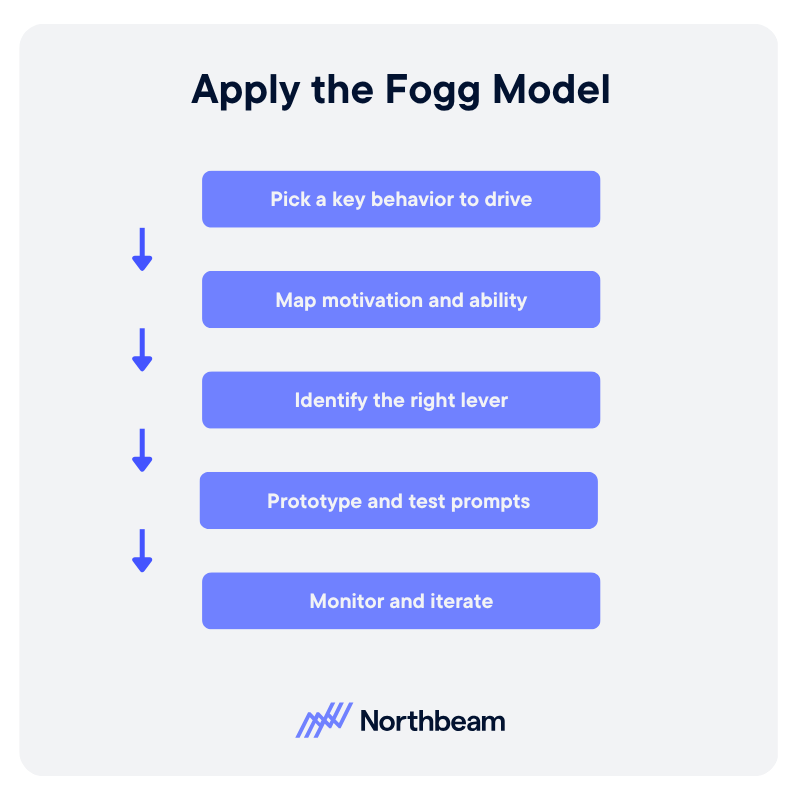

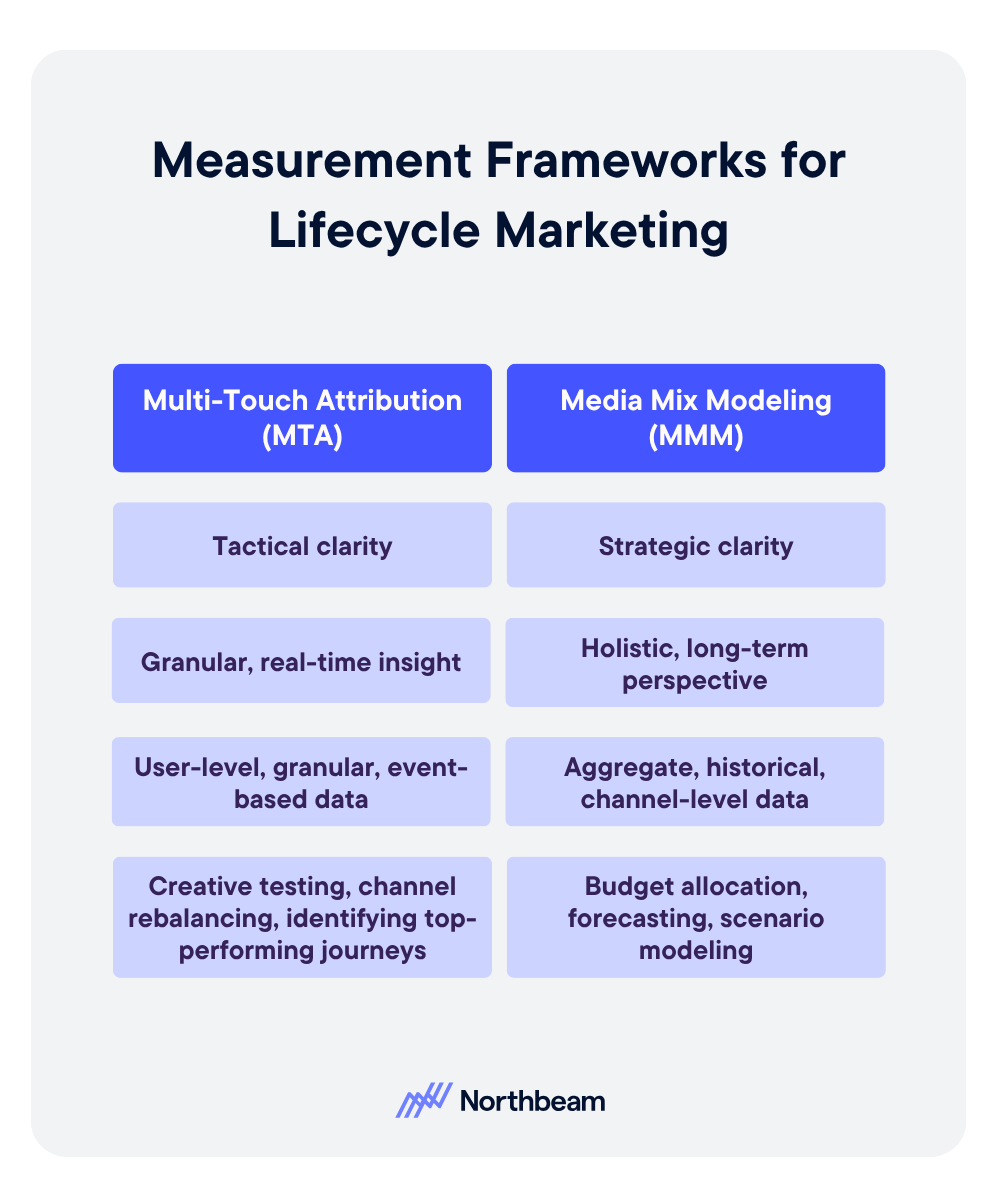
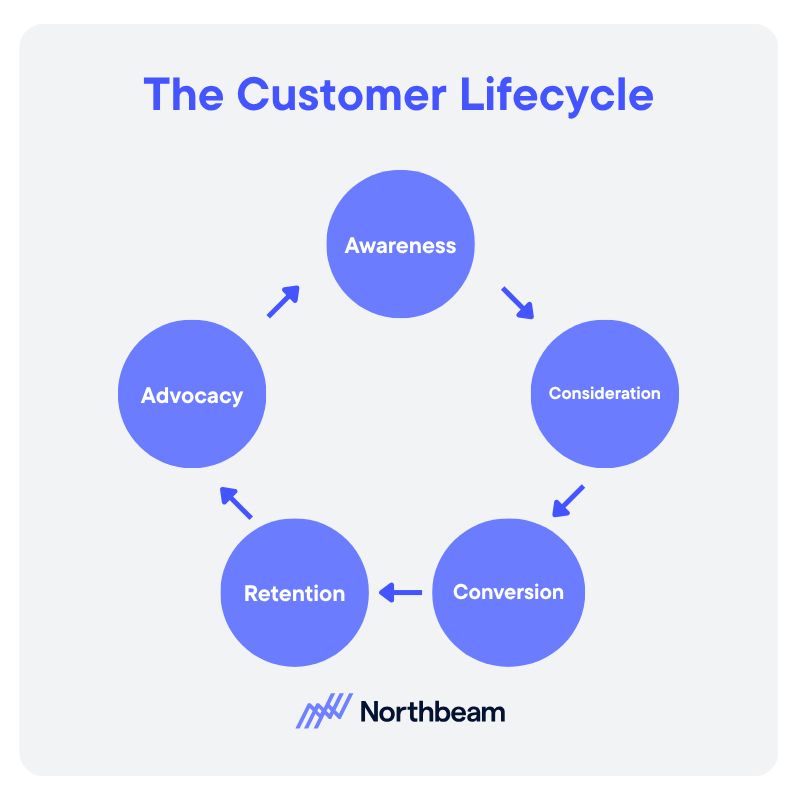


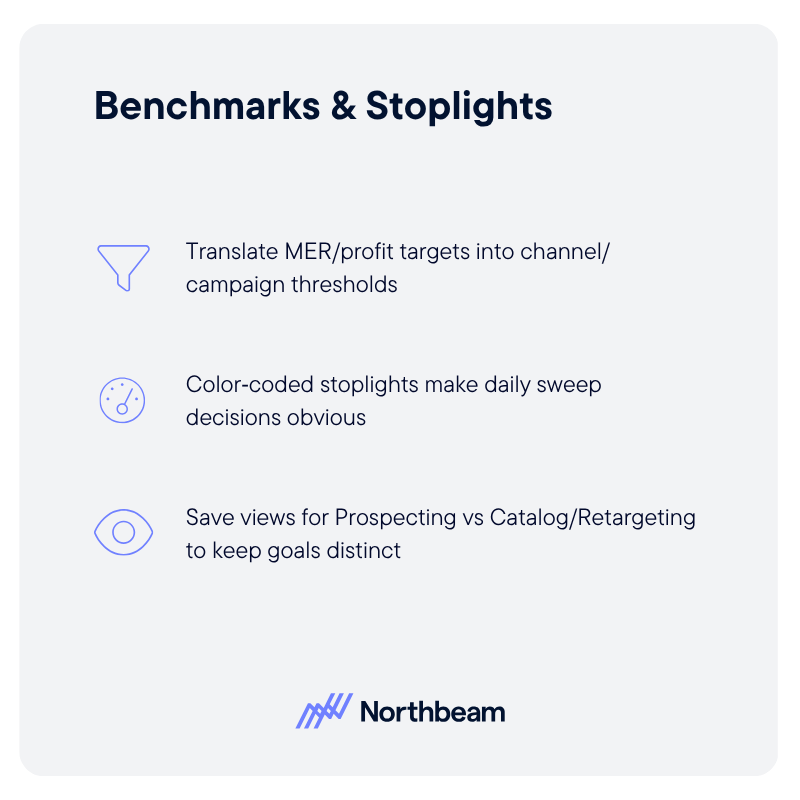
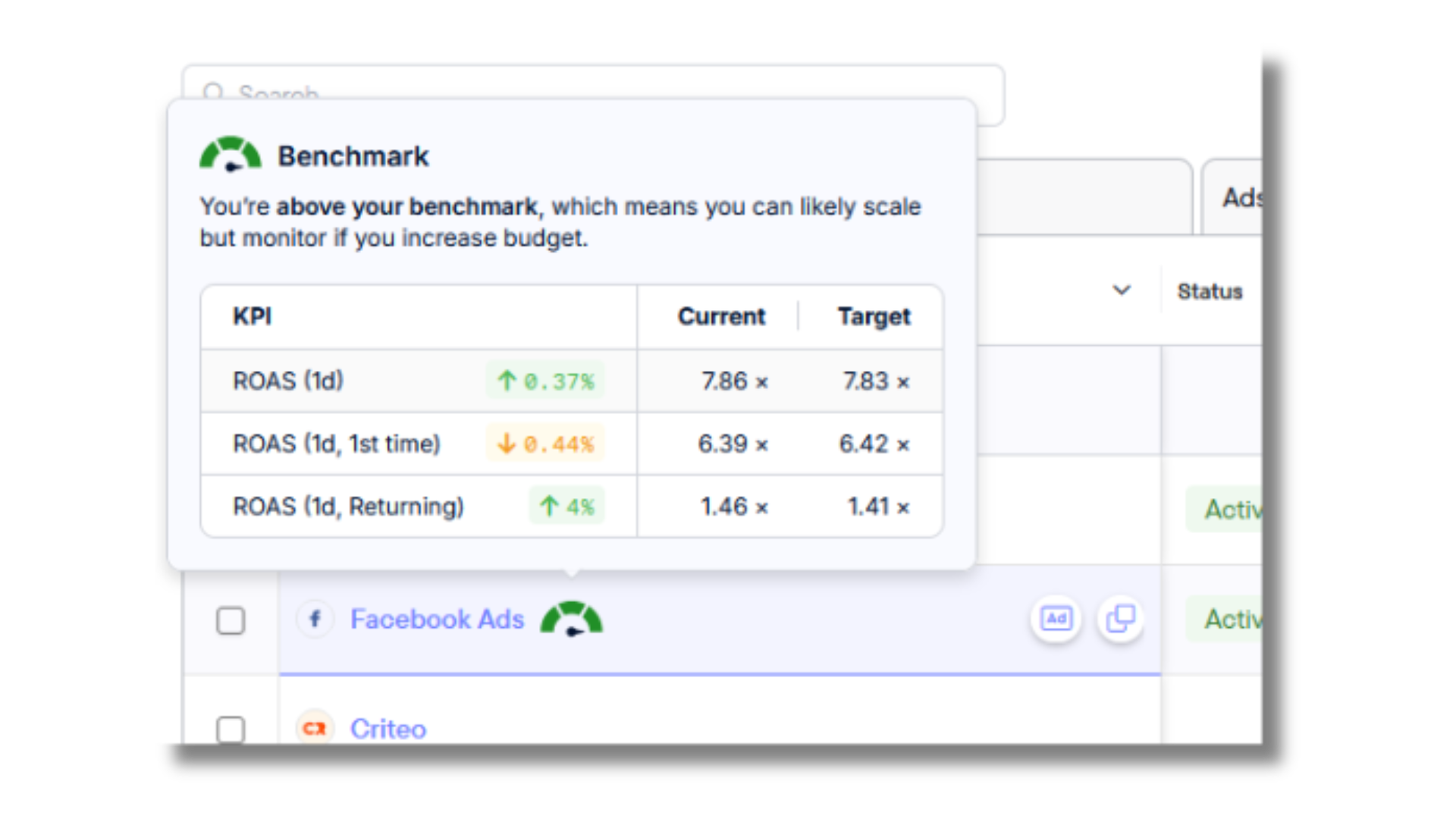
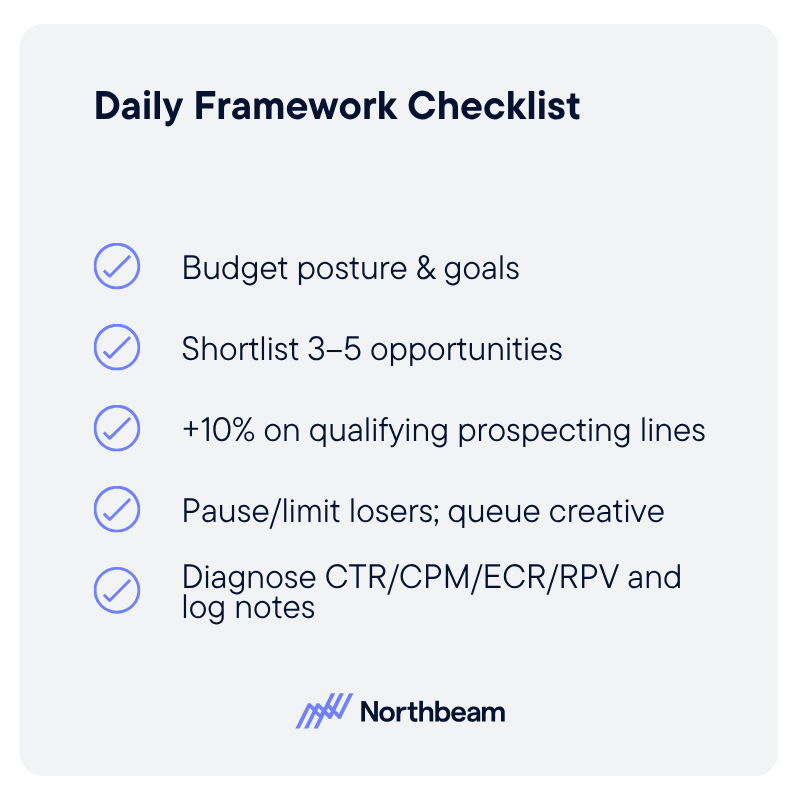
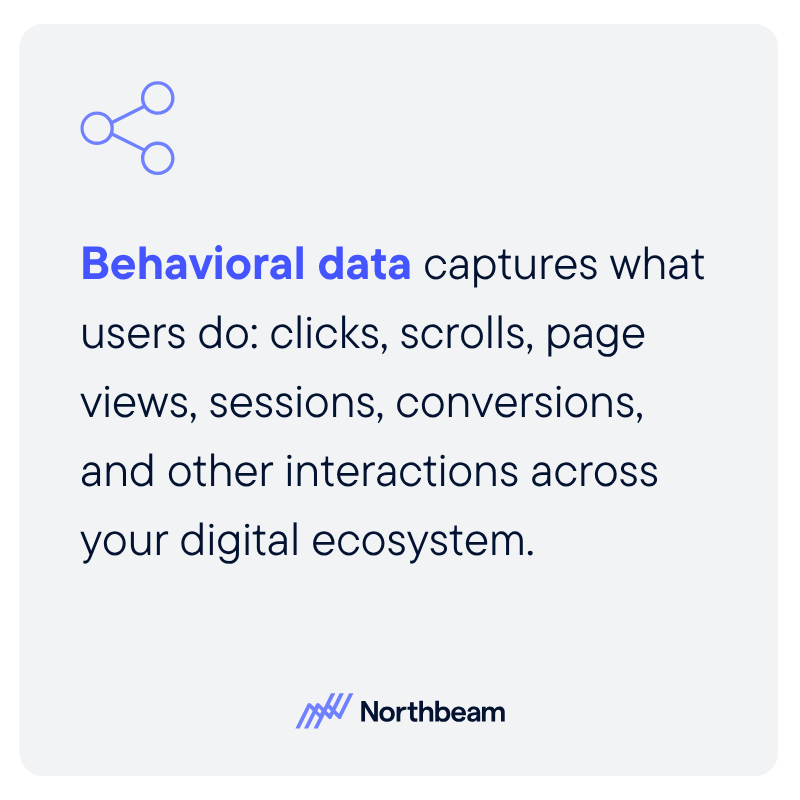
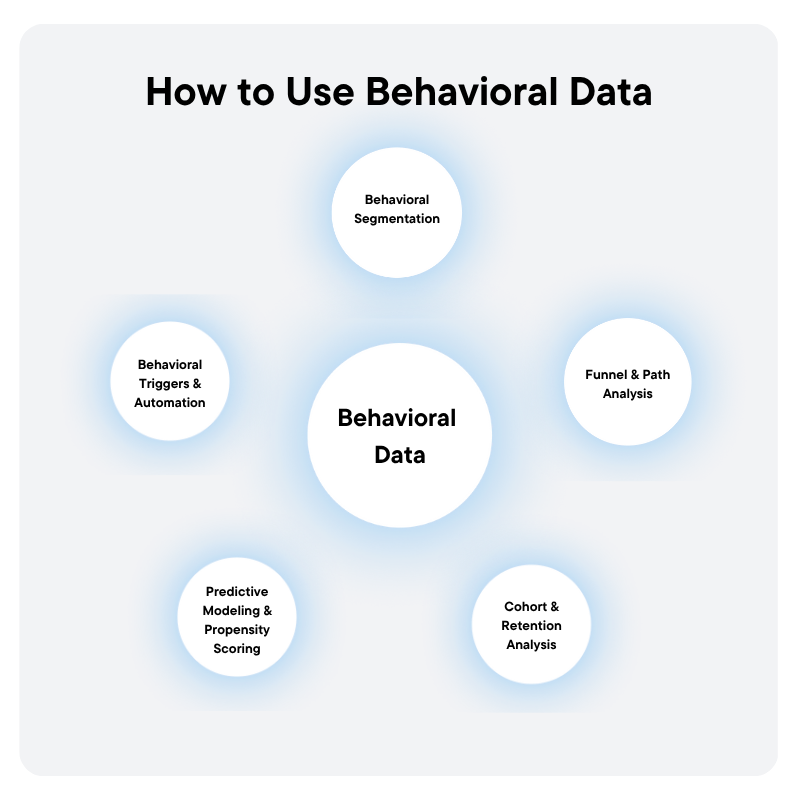
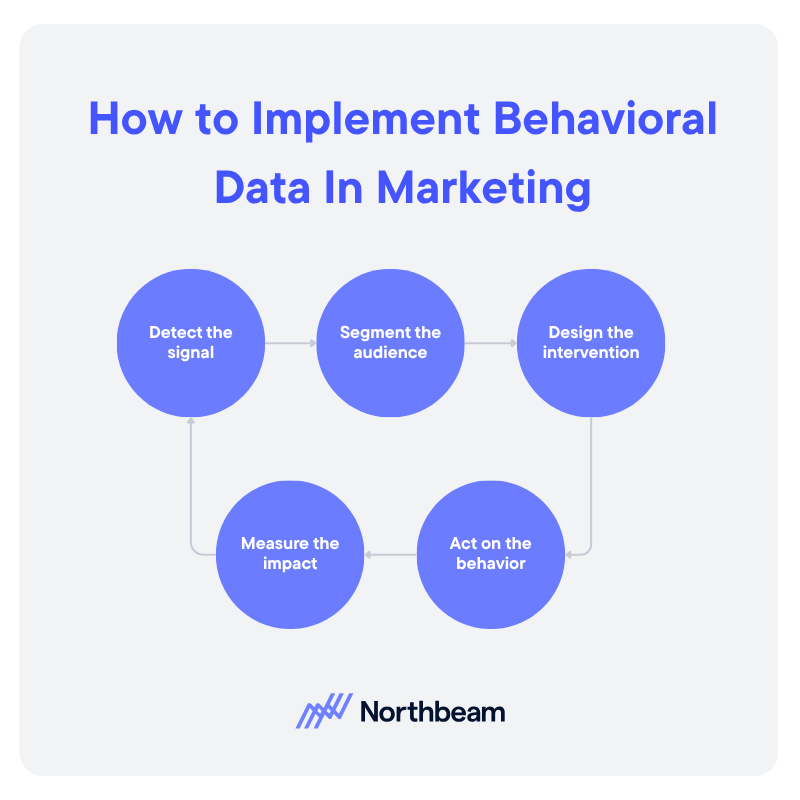

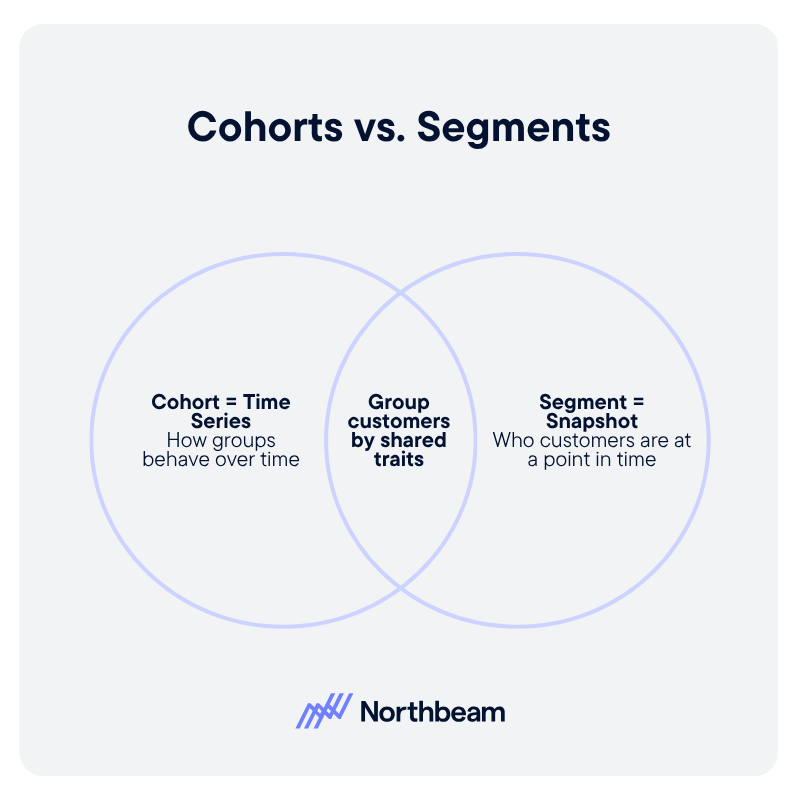
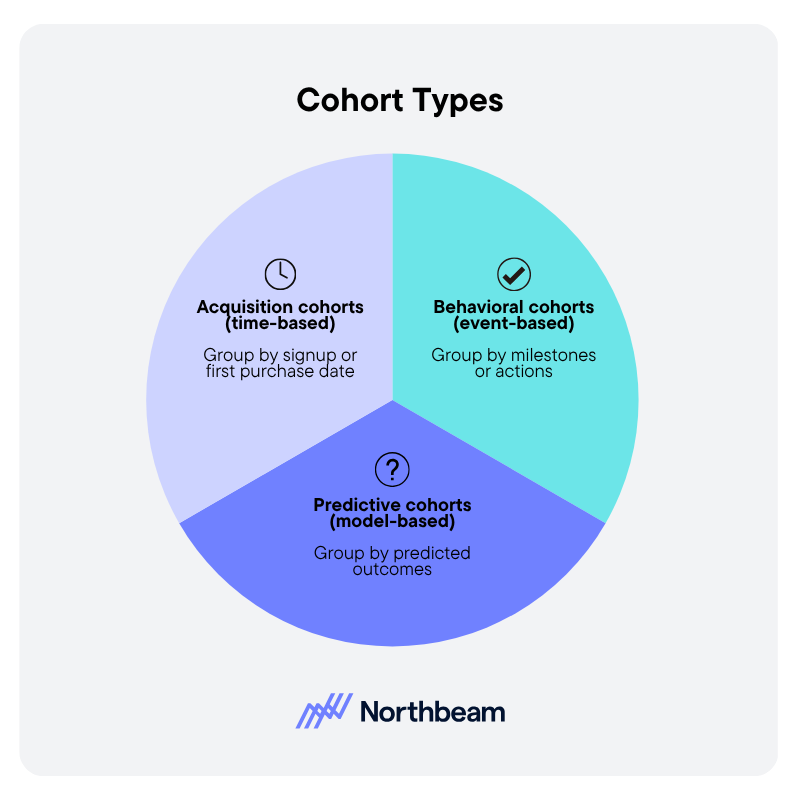
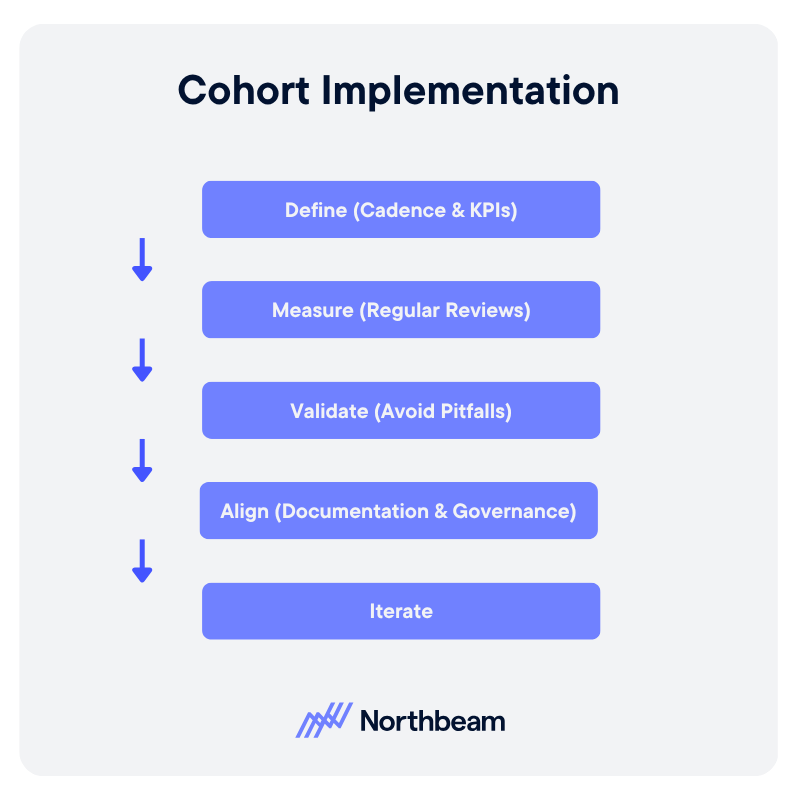
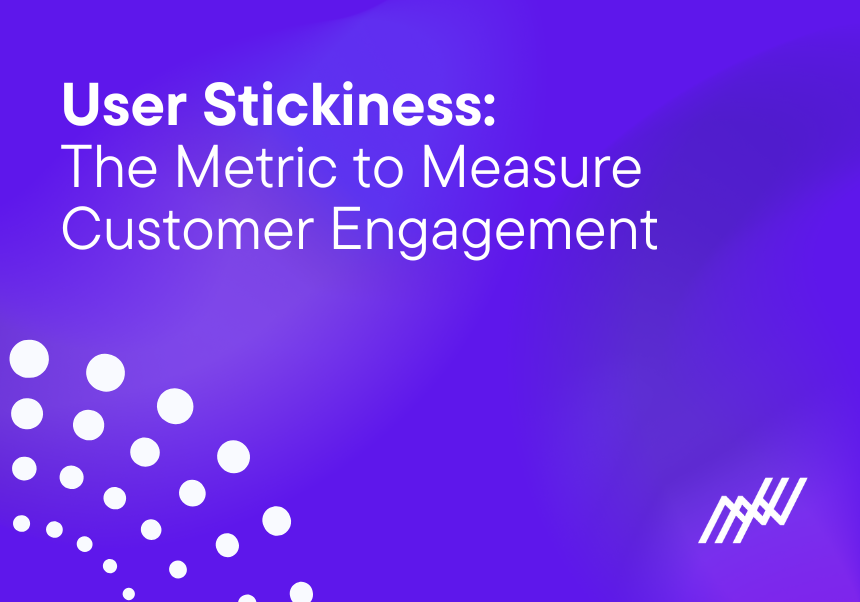
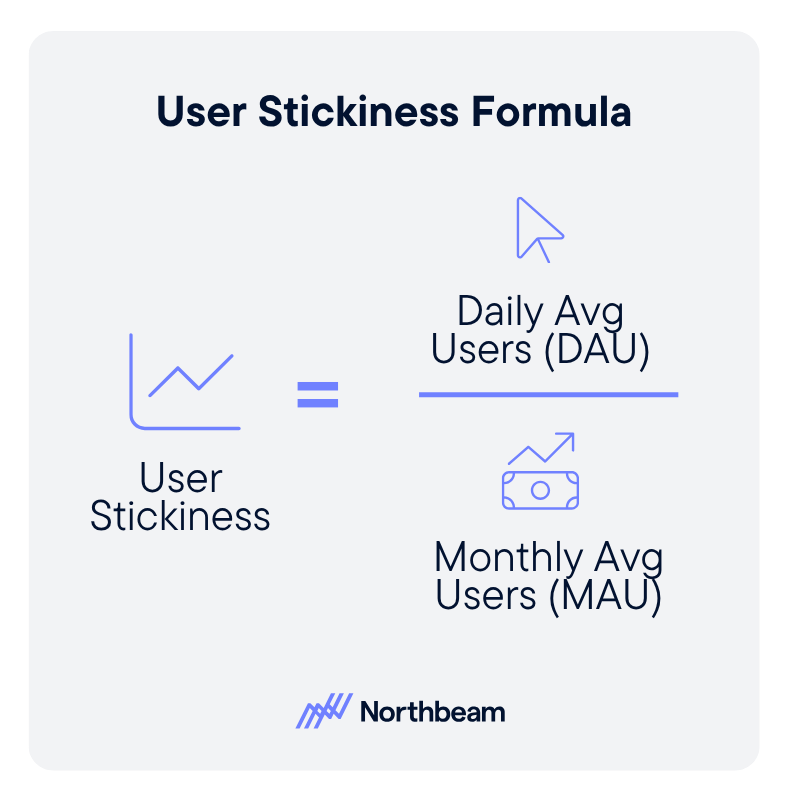
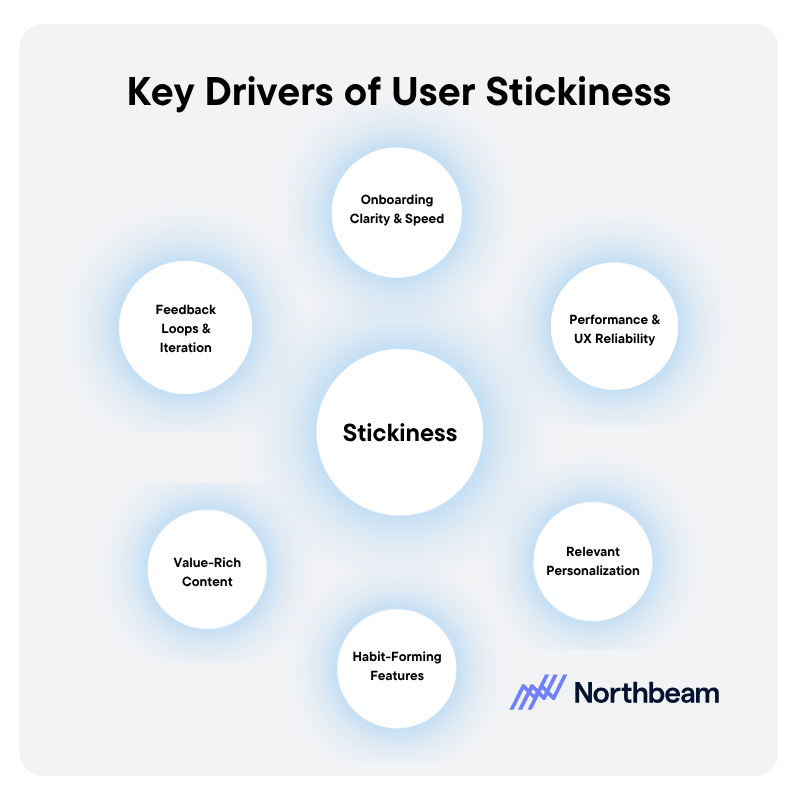
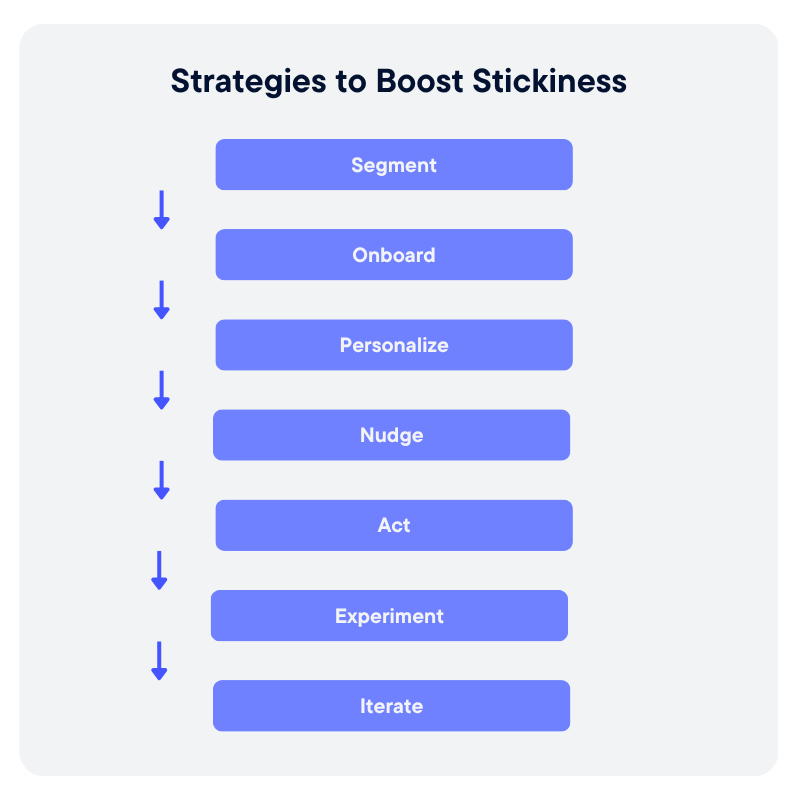

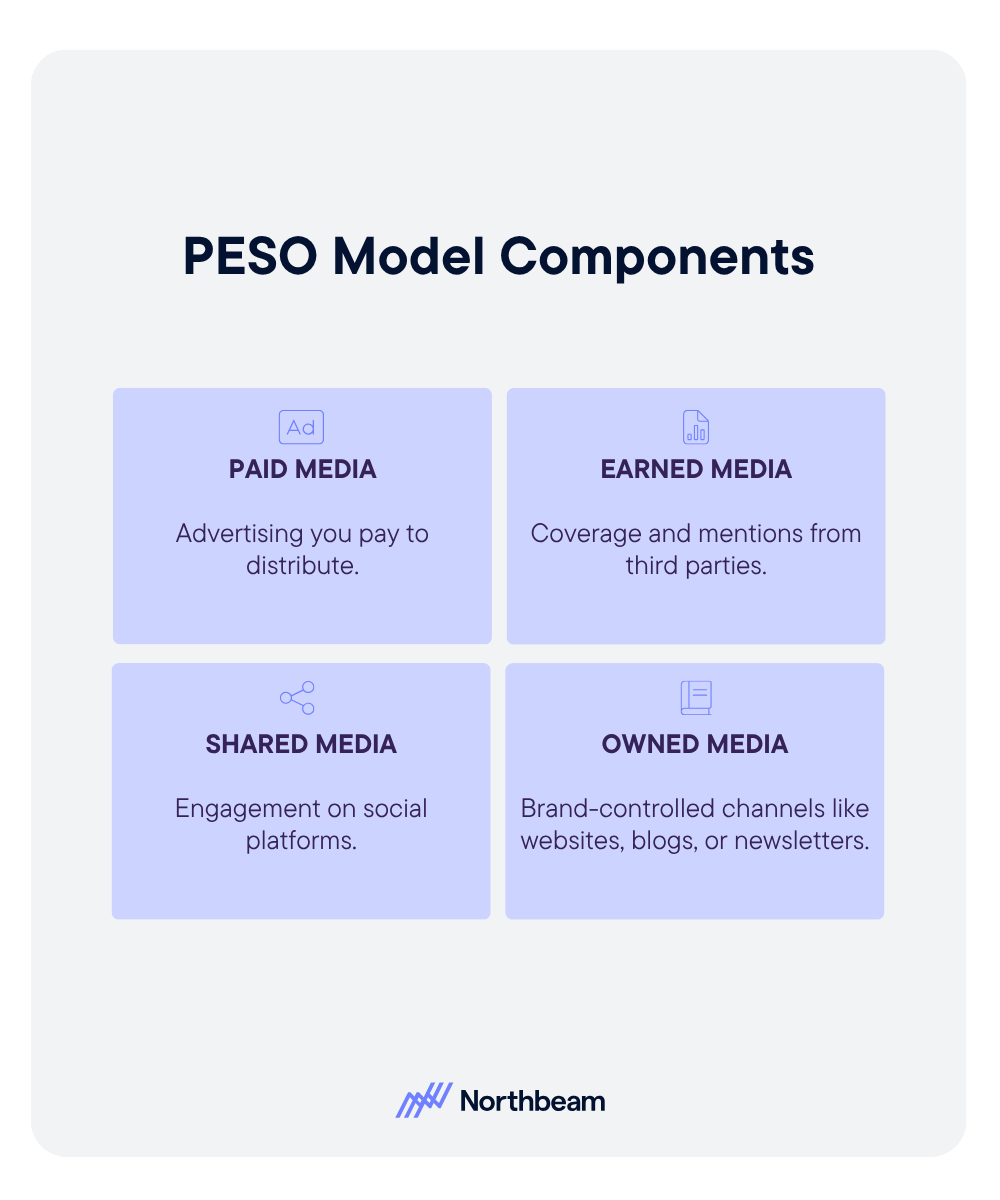
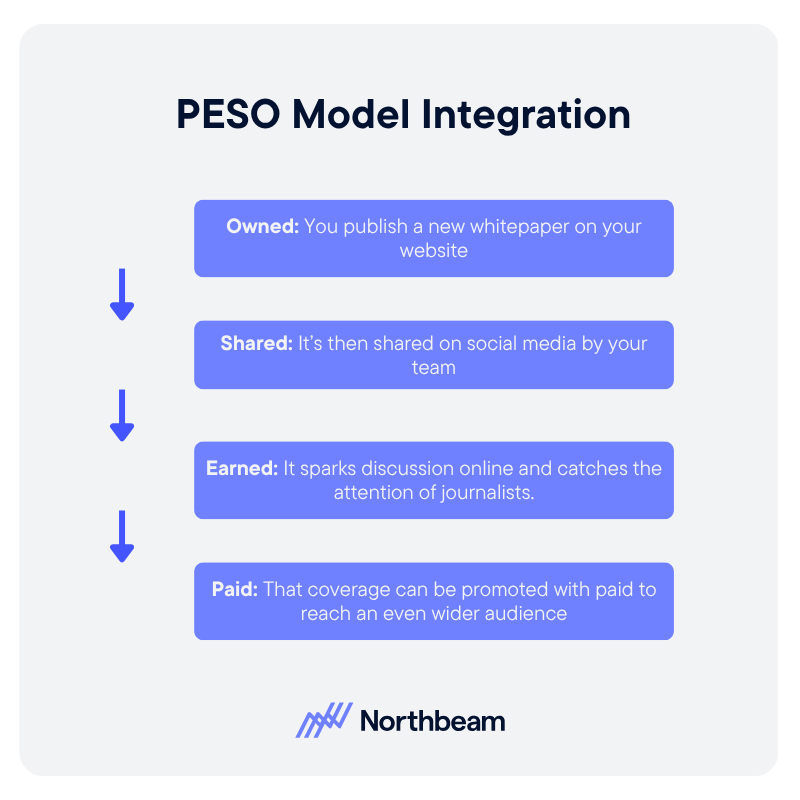



.png)





.png)





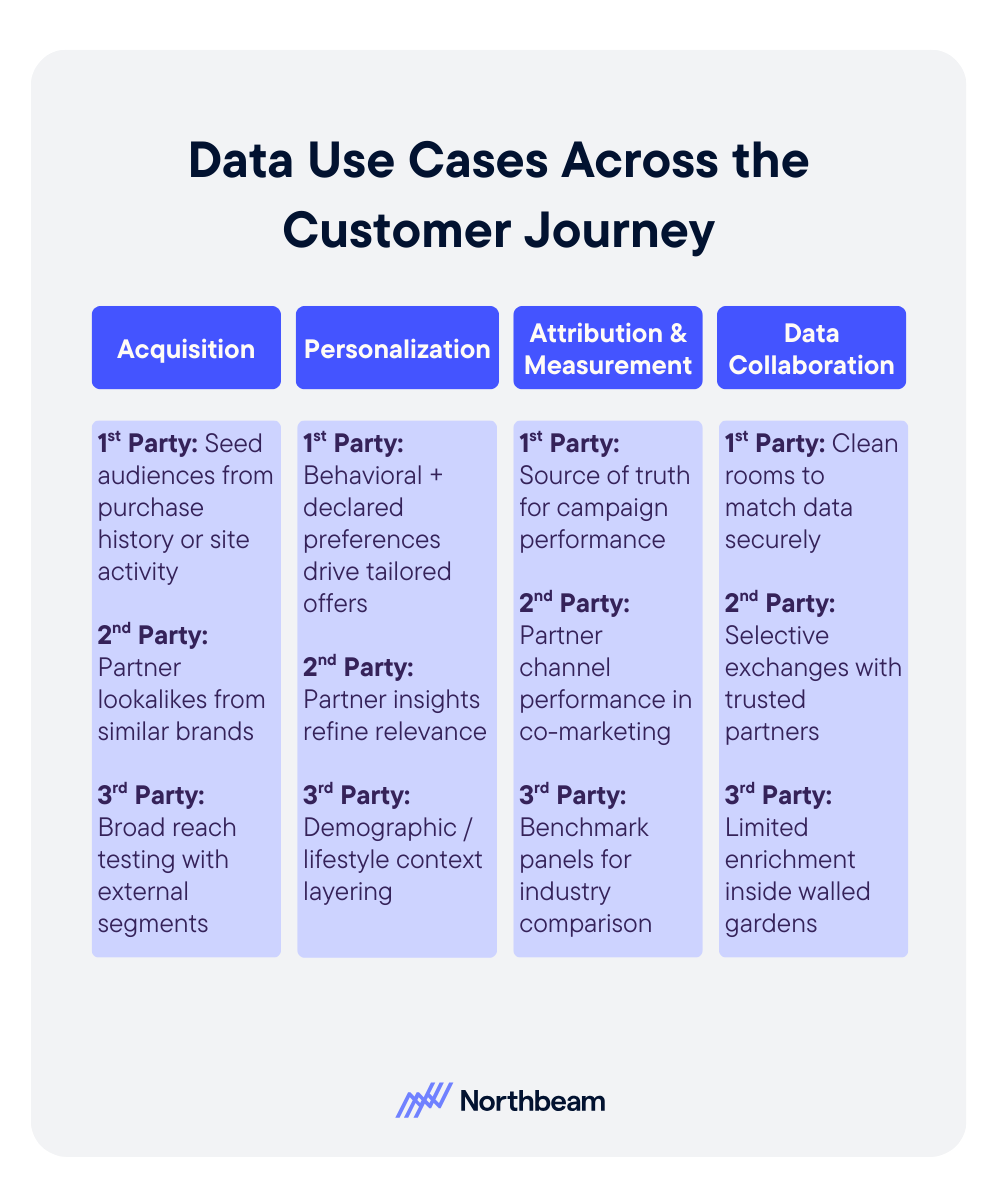



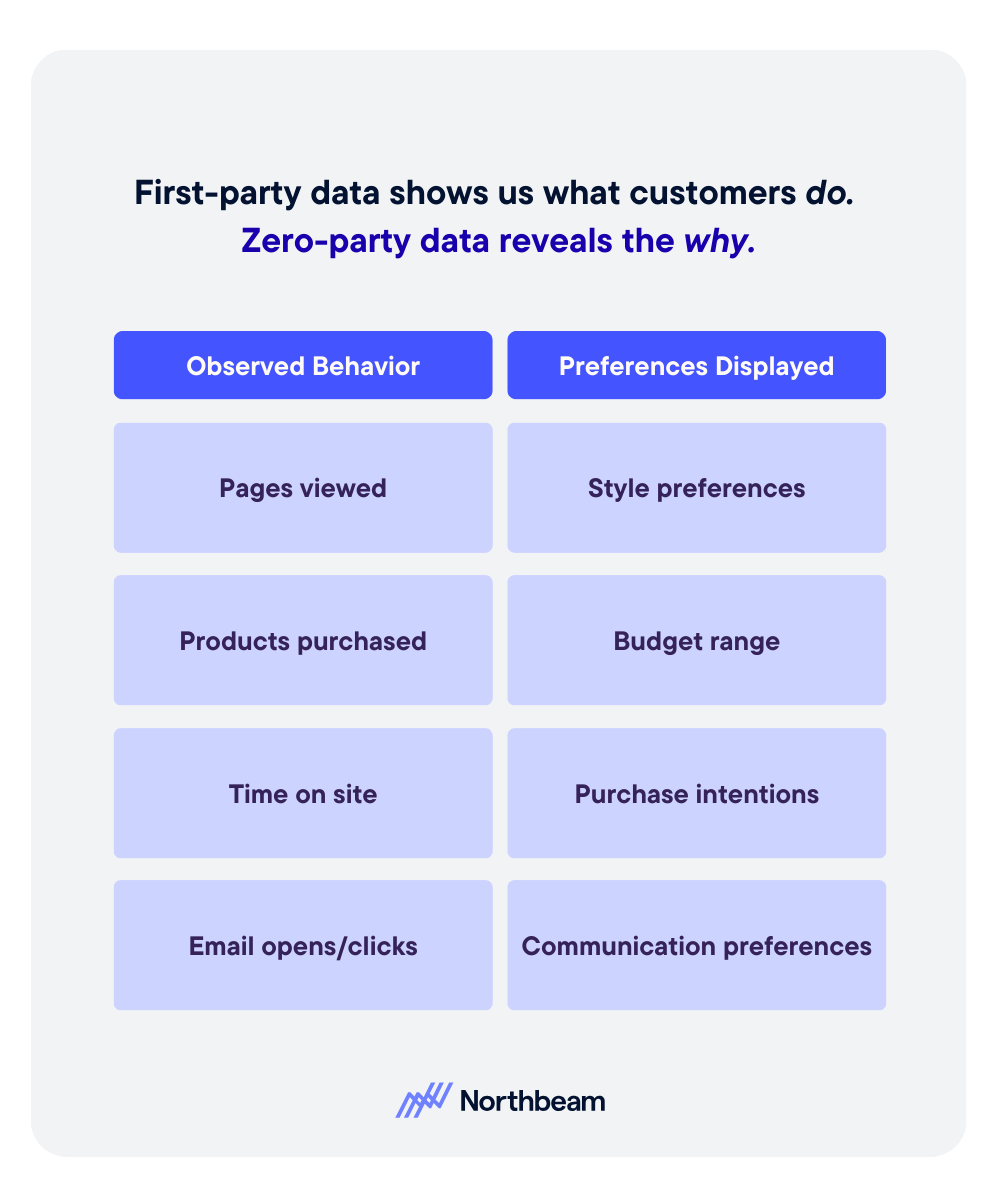
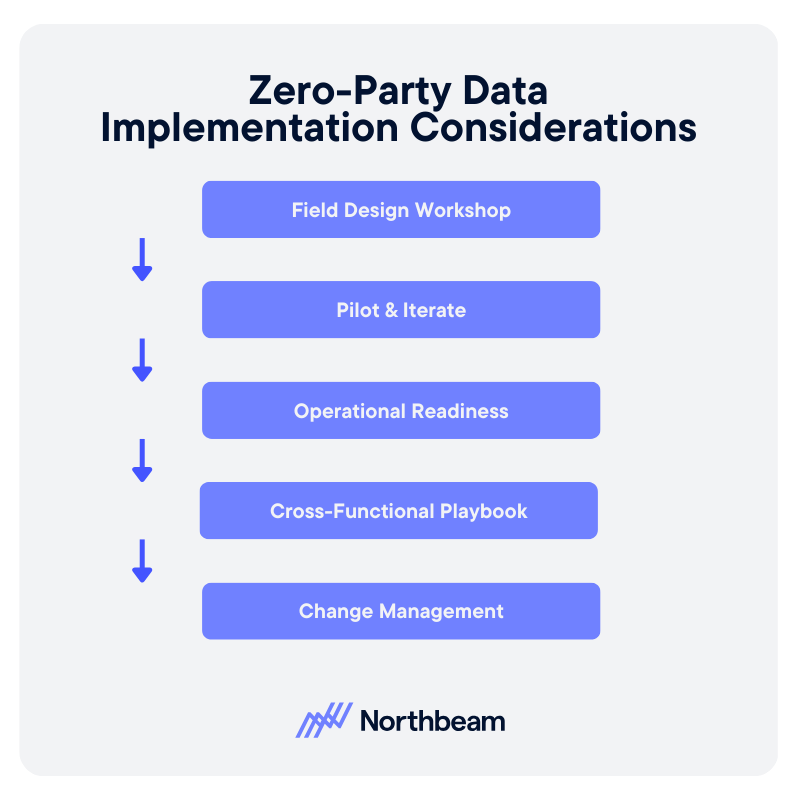



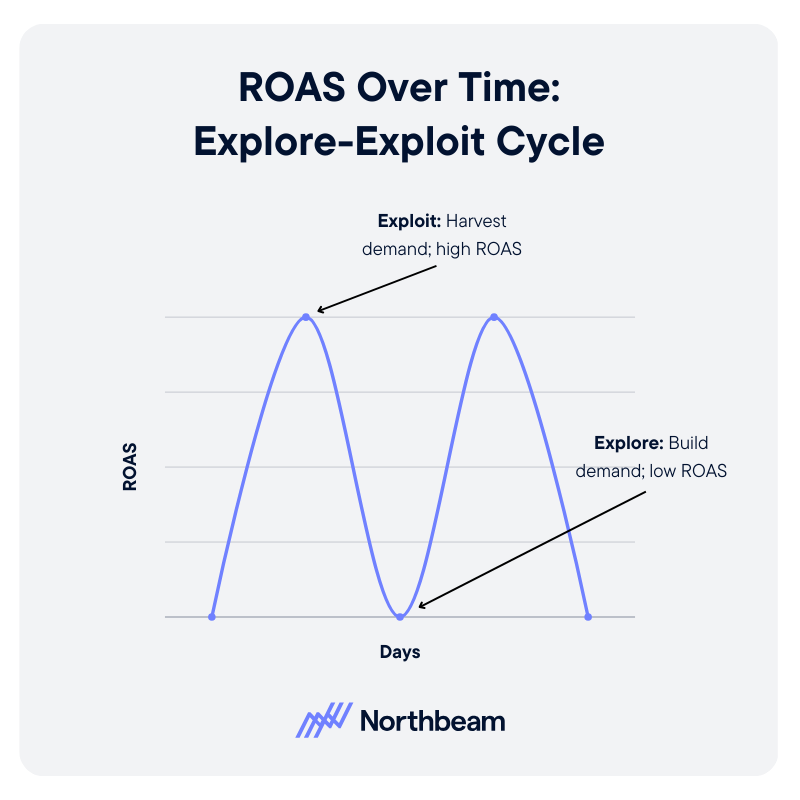
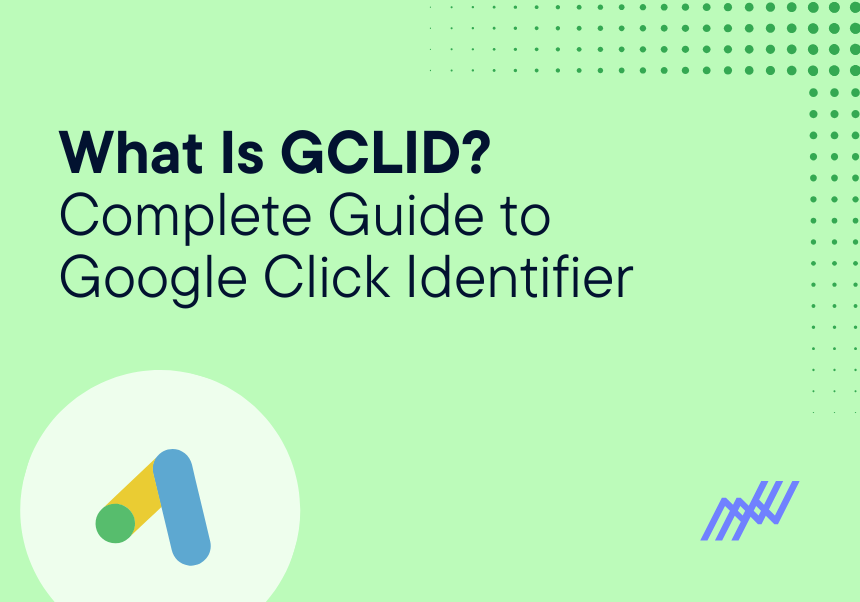

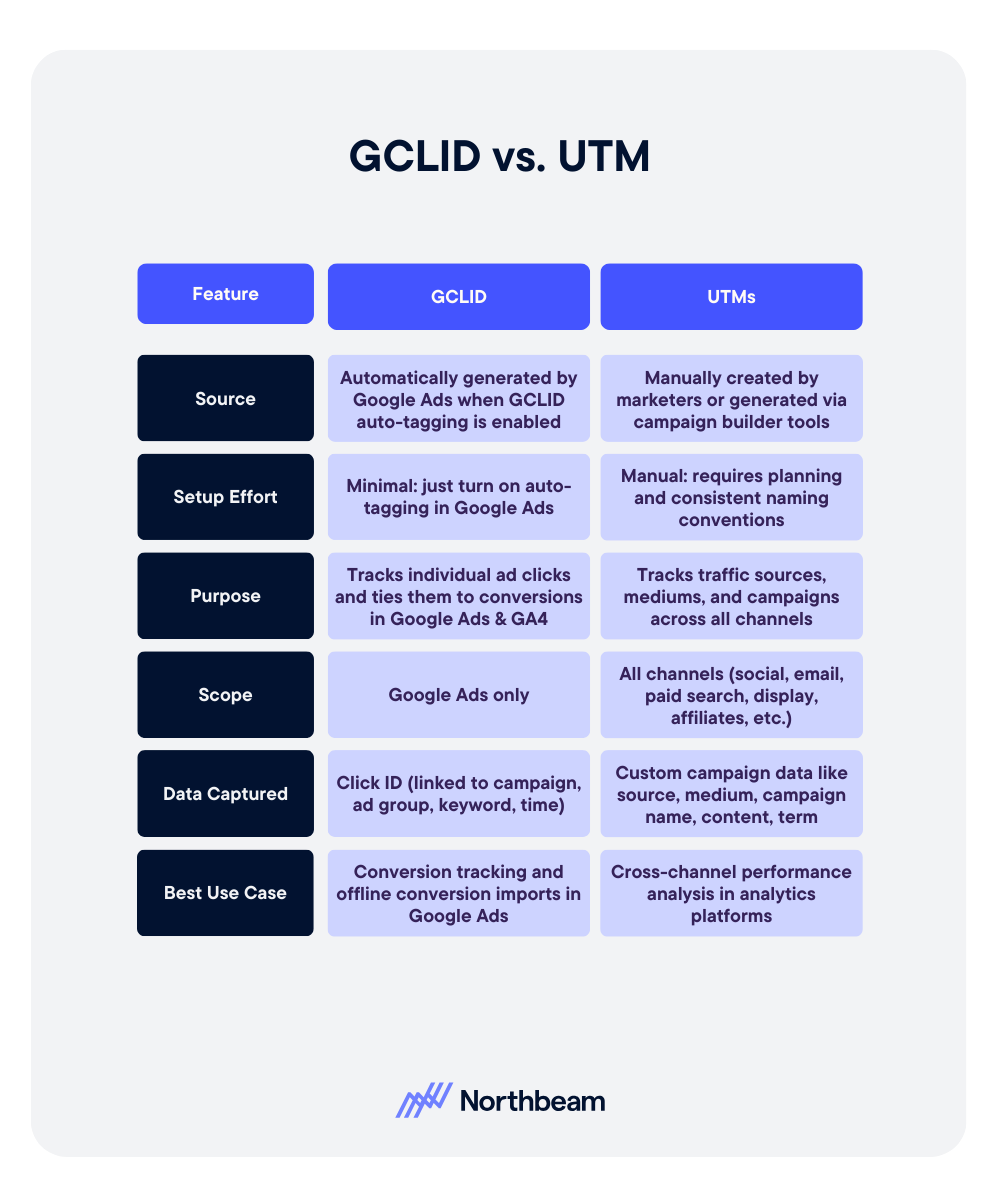
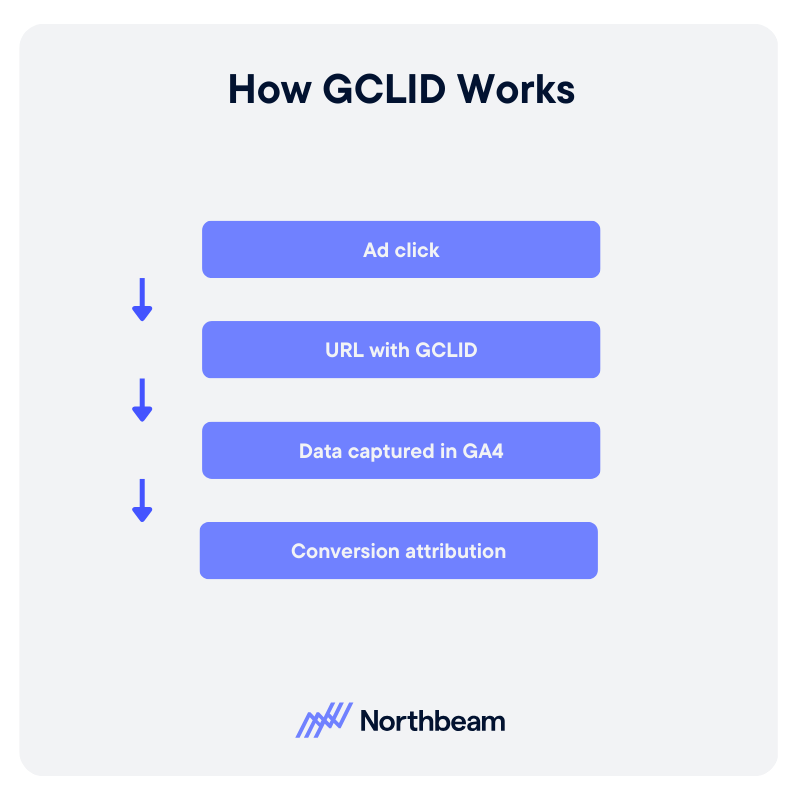
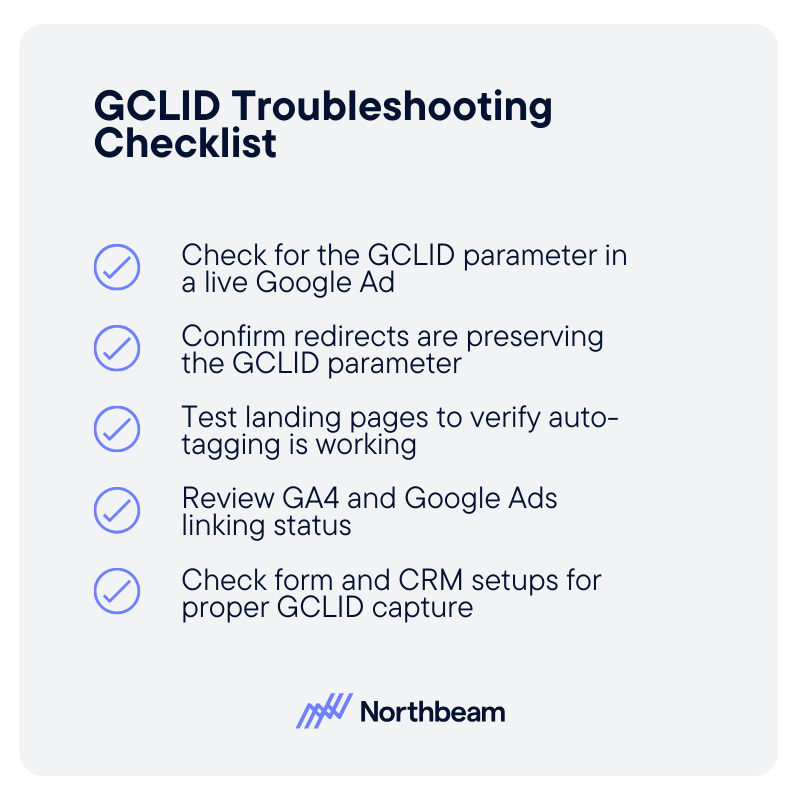




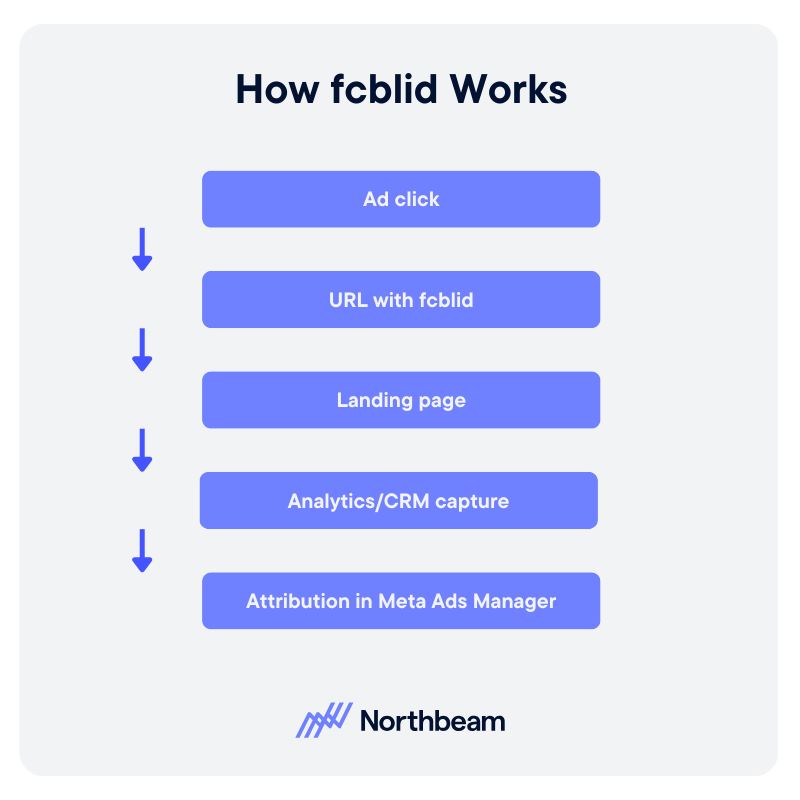


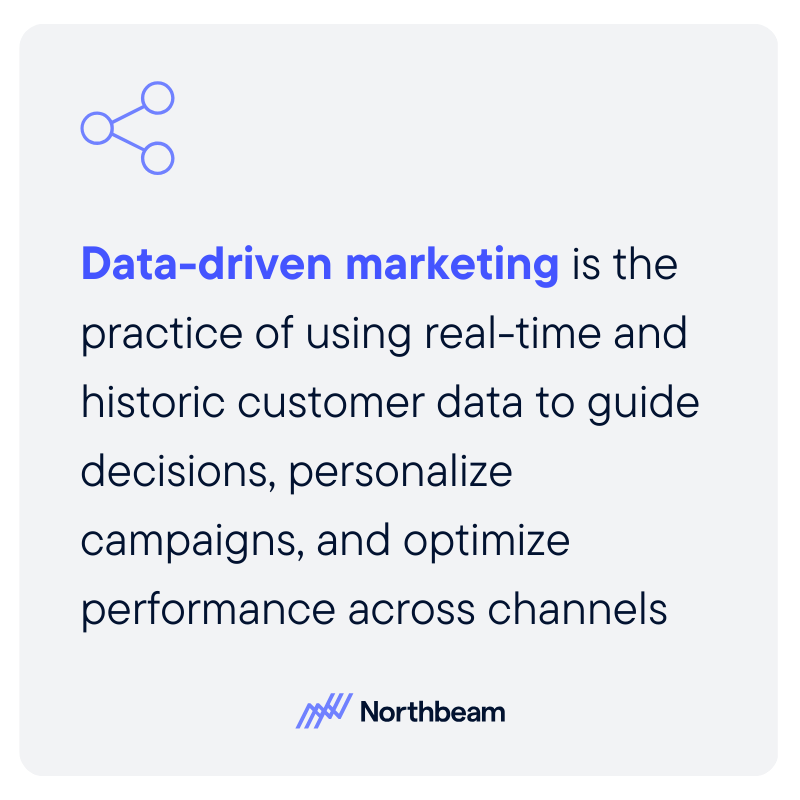
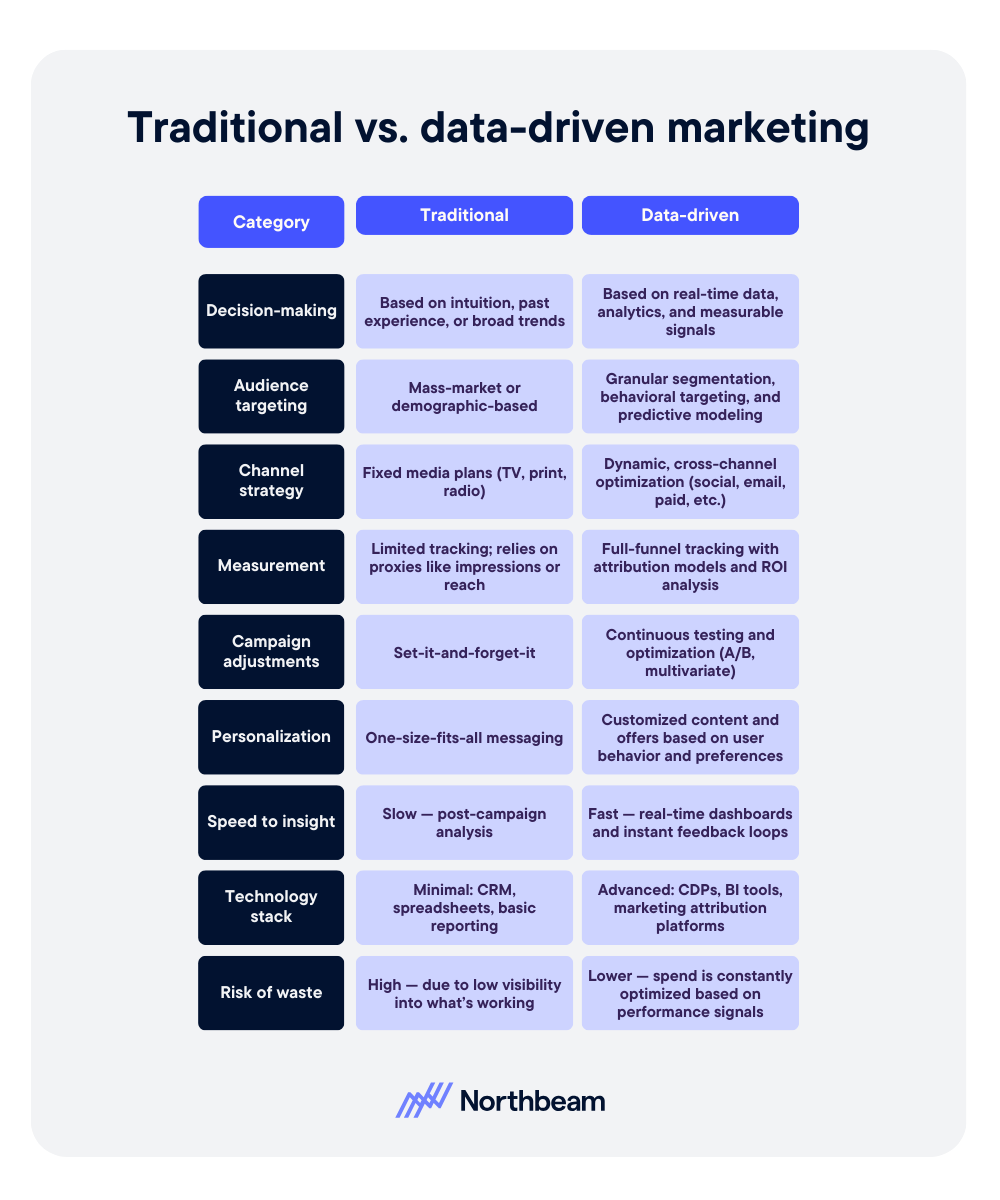
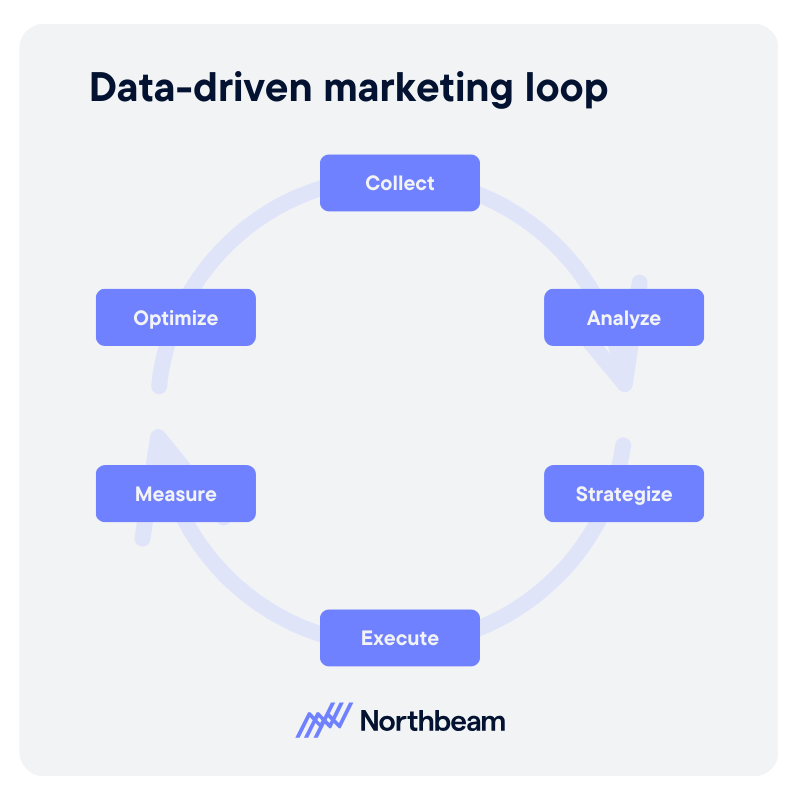




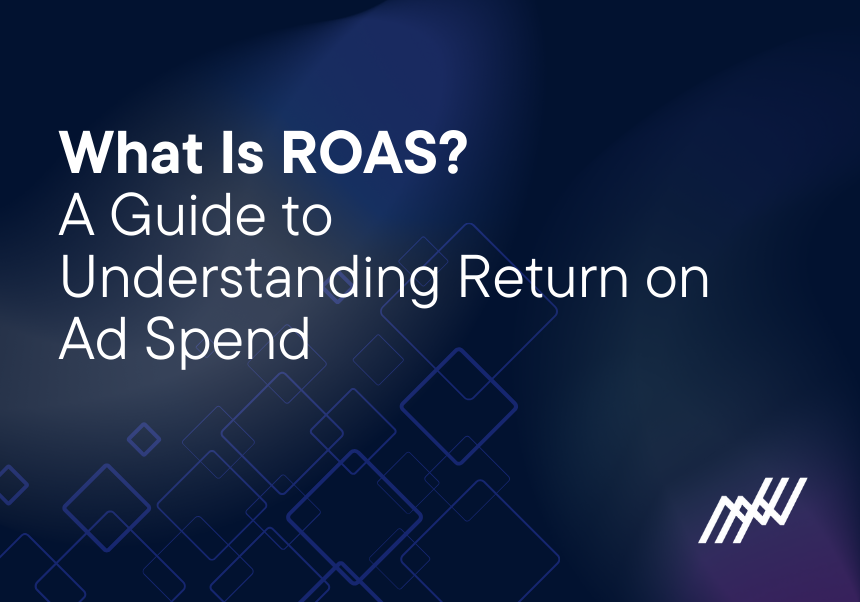


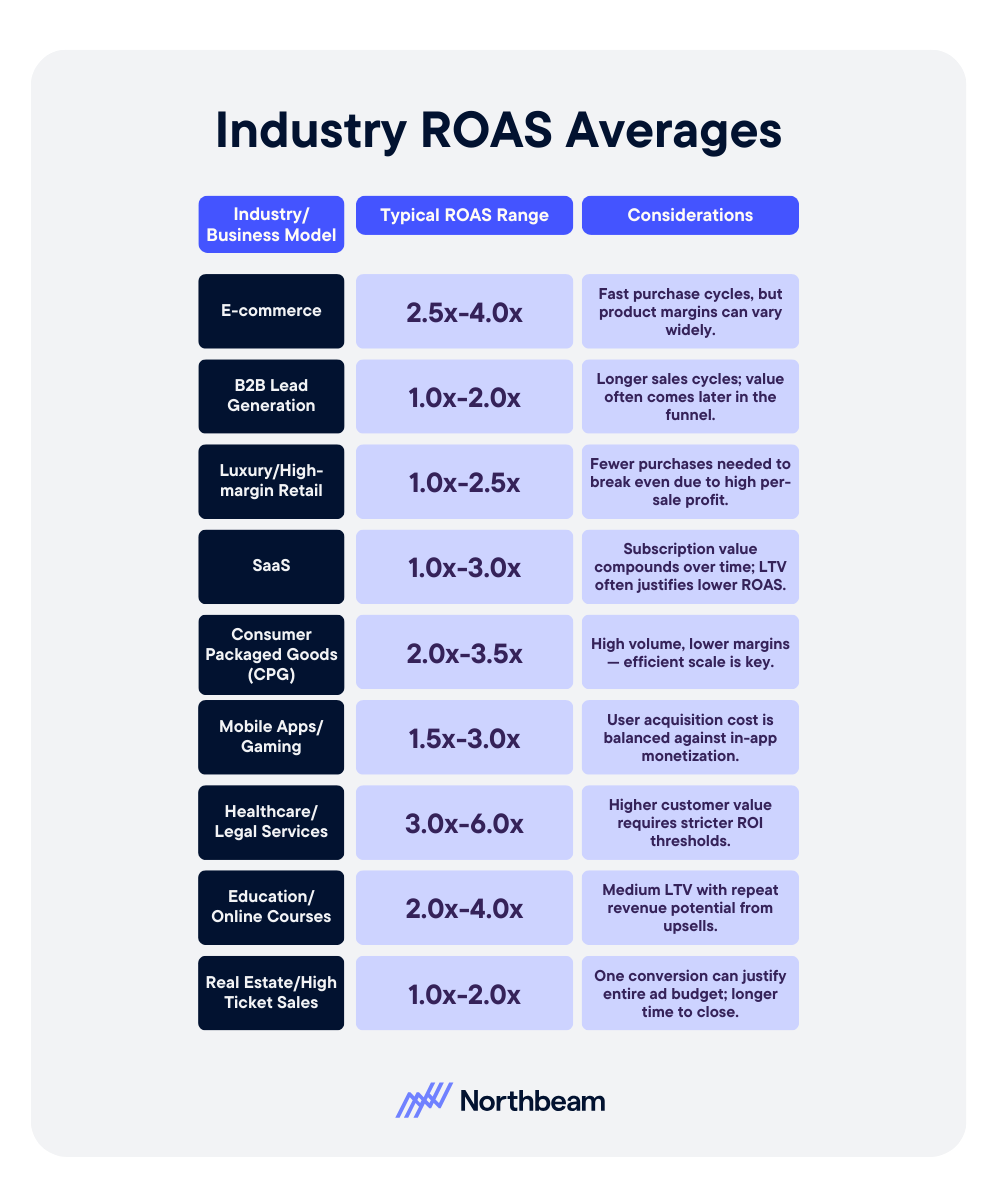
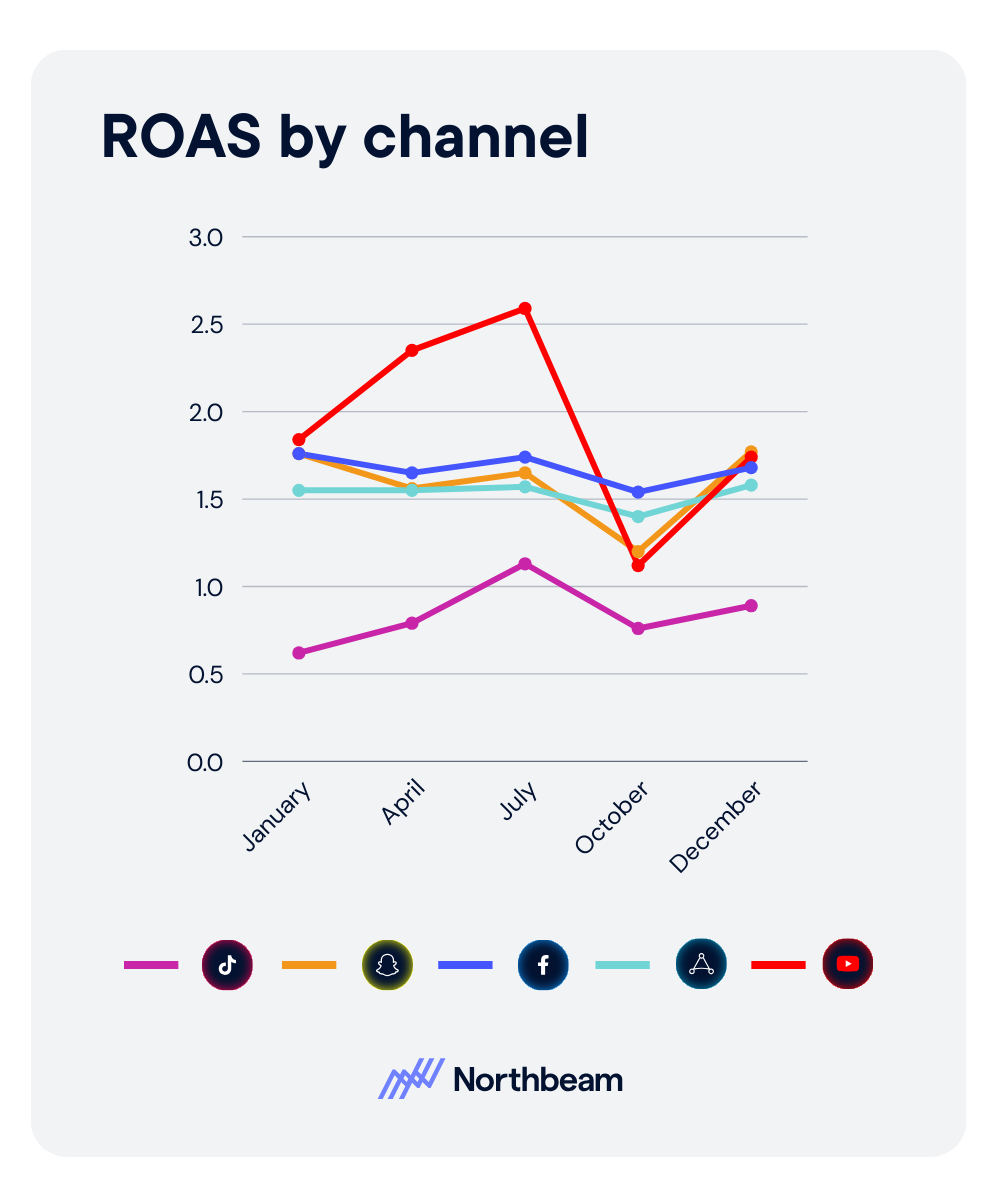



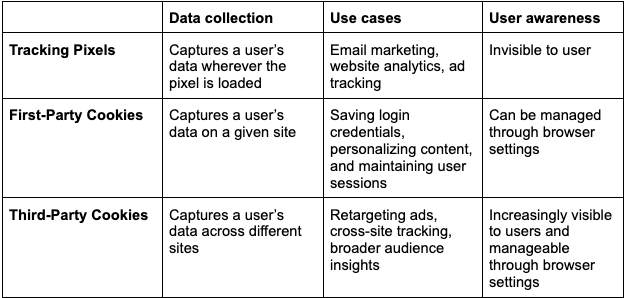

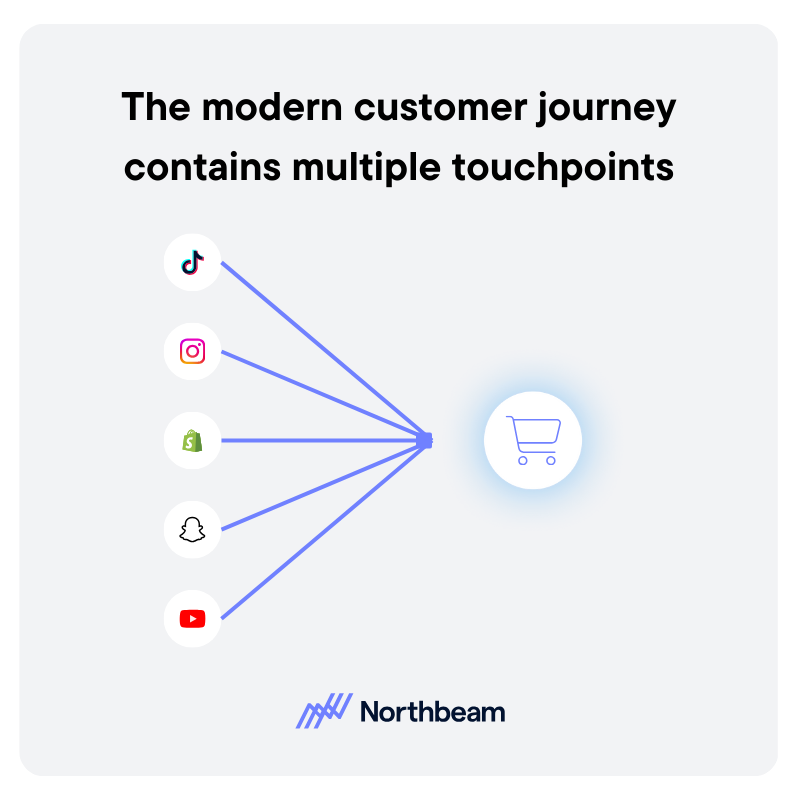
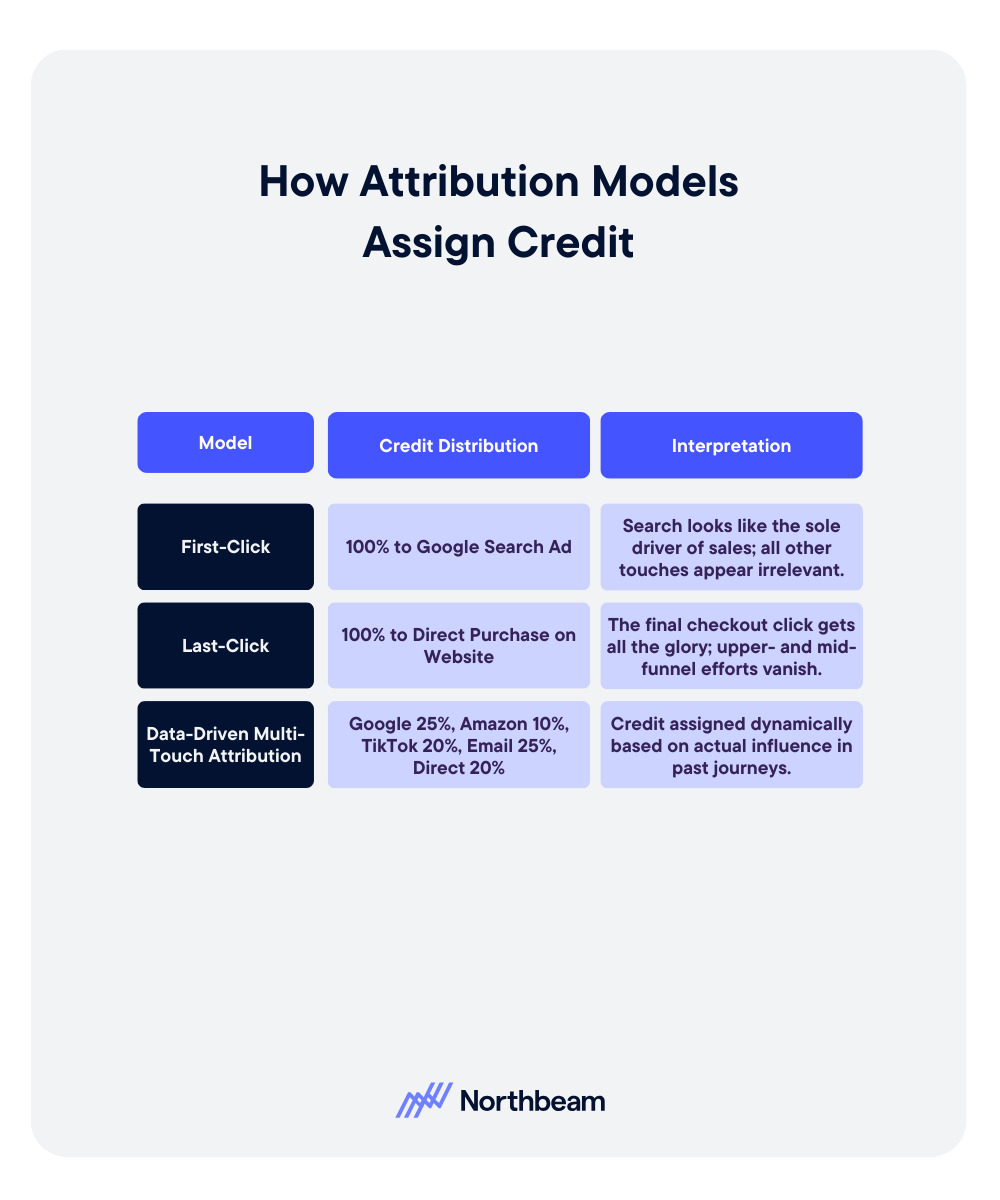
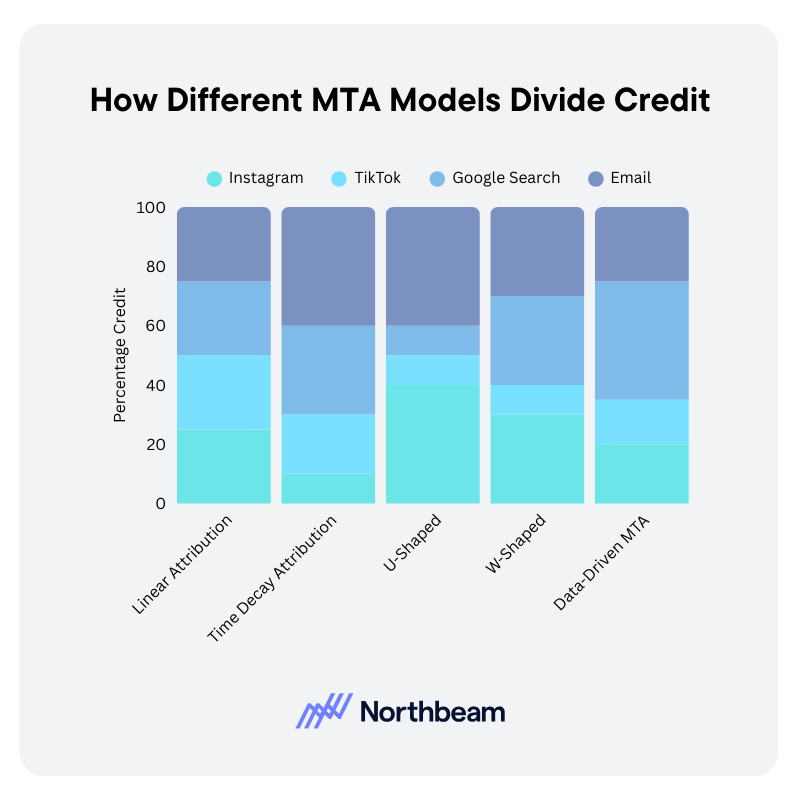




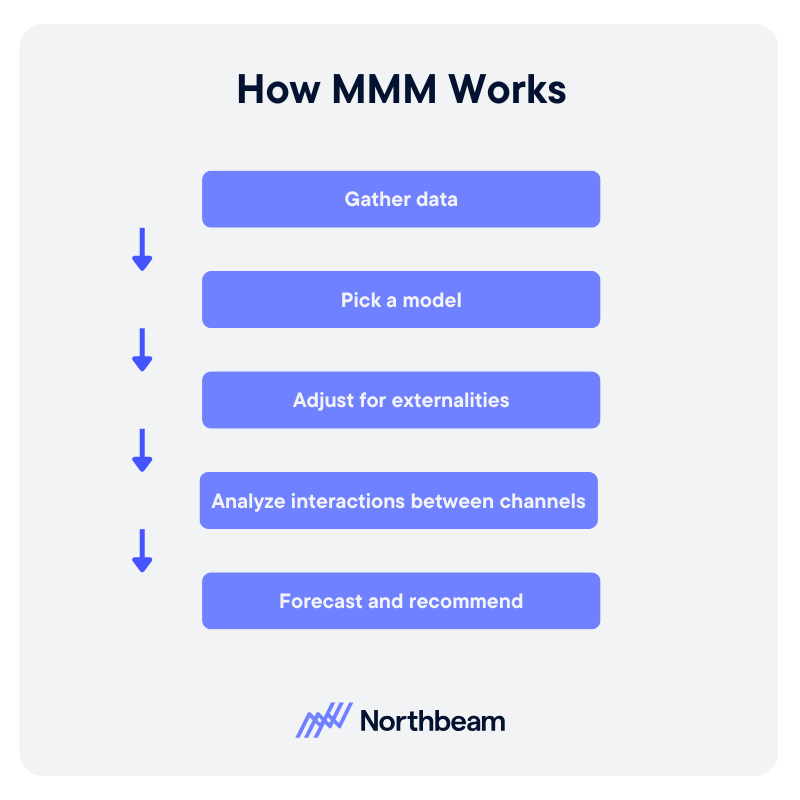







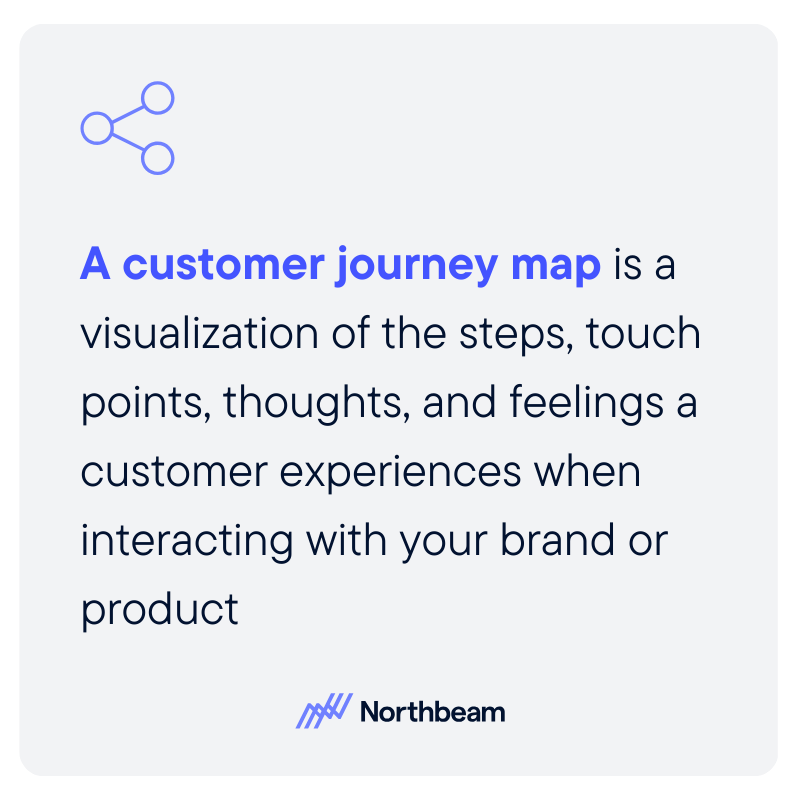
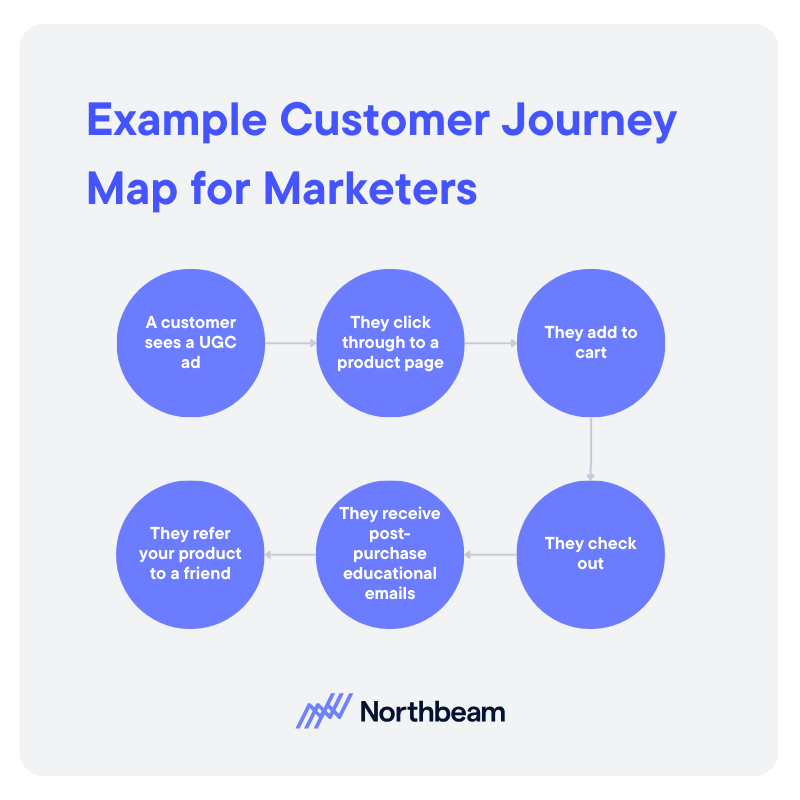
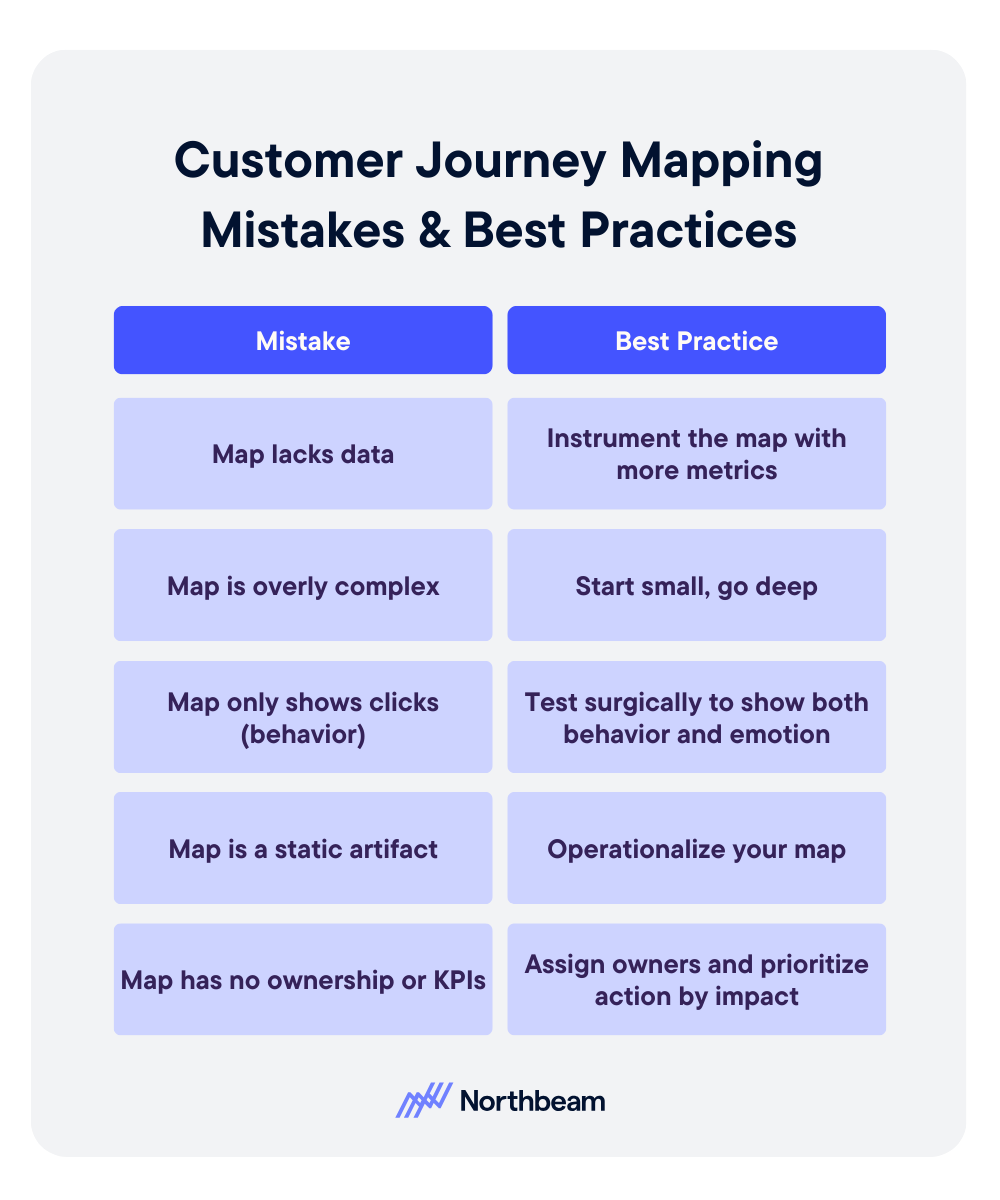


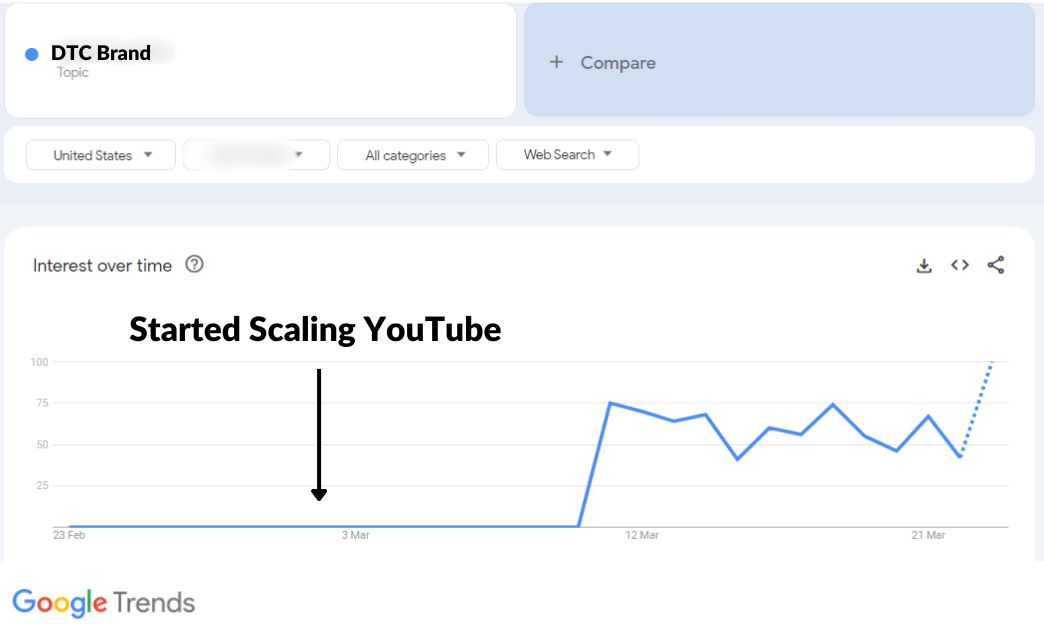






%25201.png)

.png)
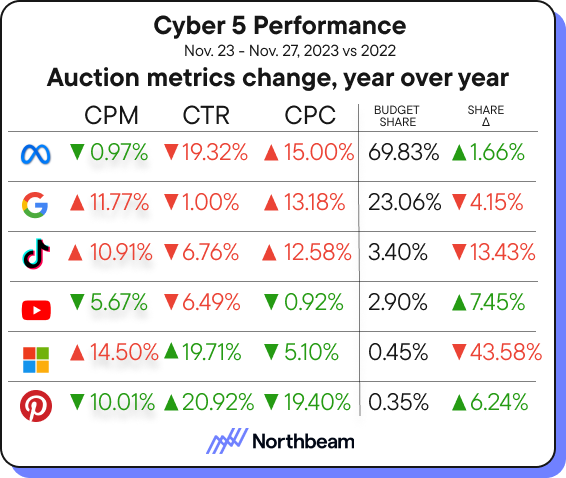
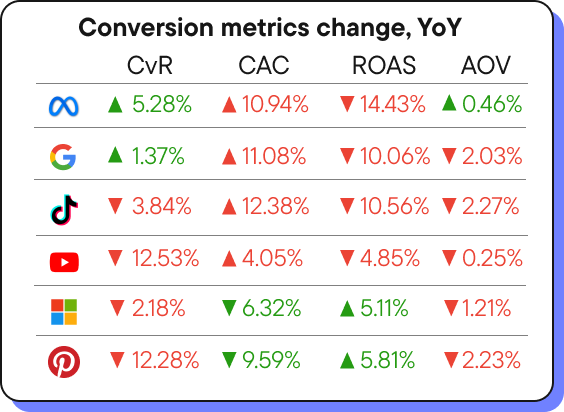
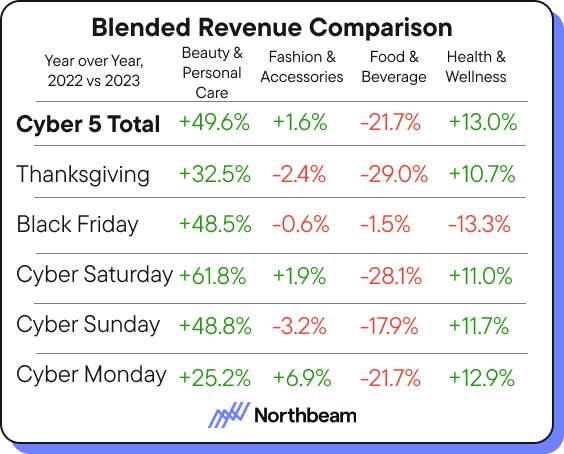
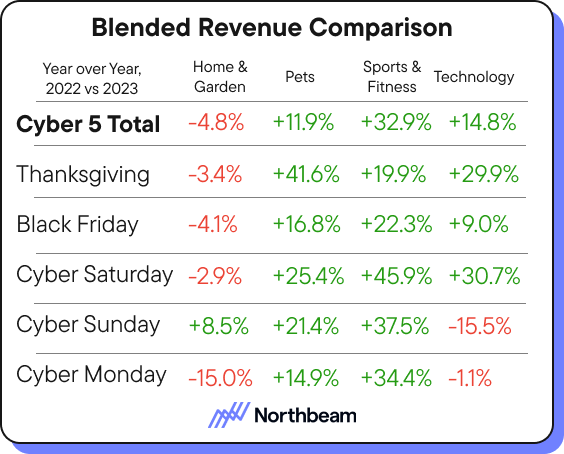
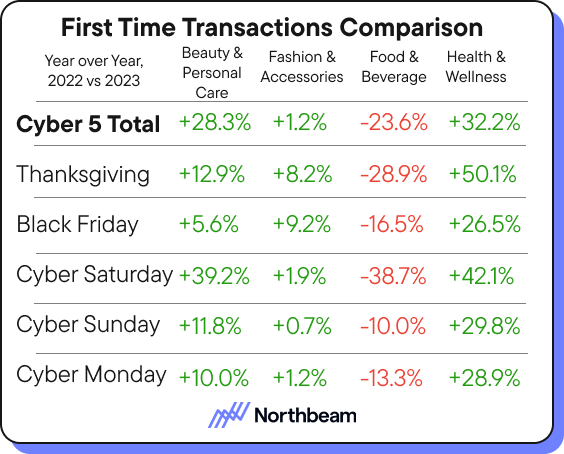
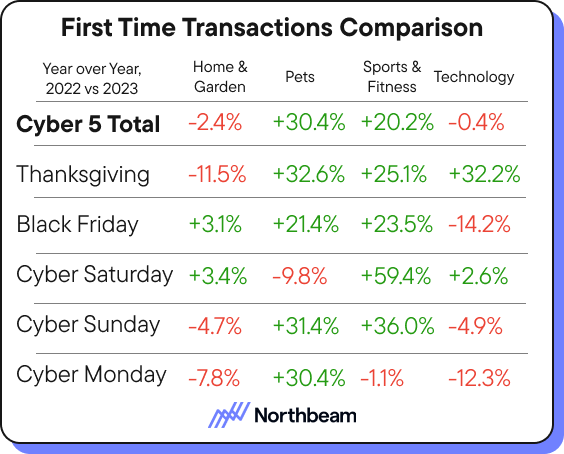


.jpeg)


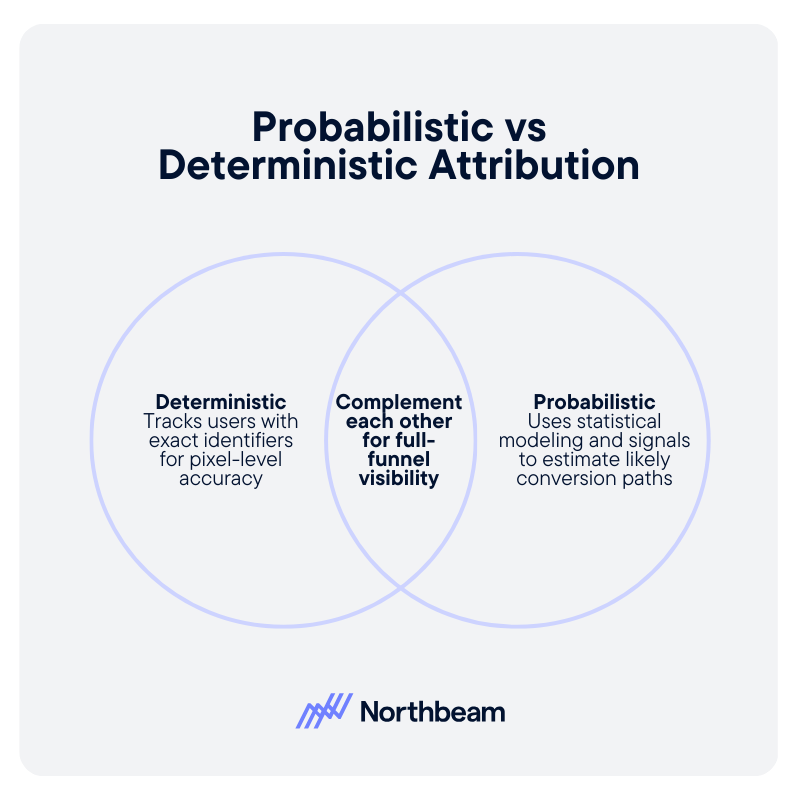
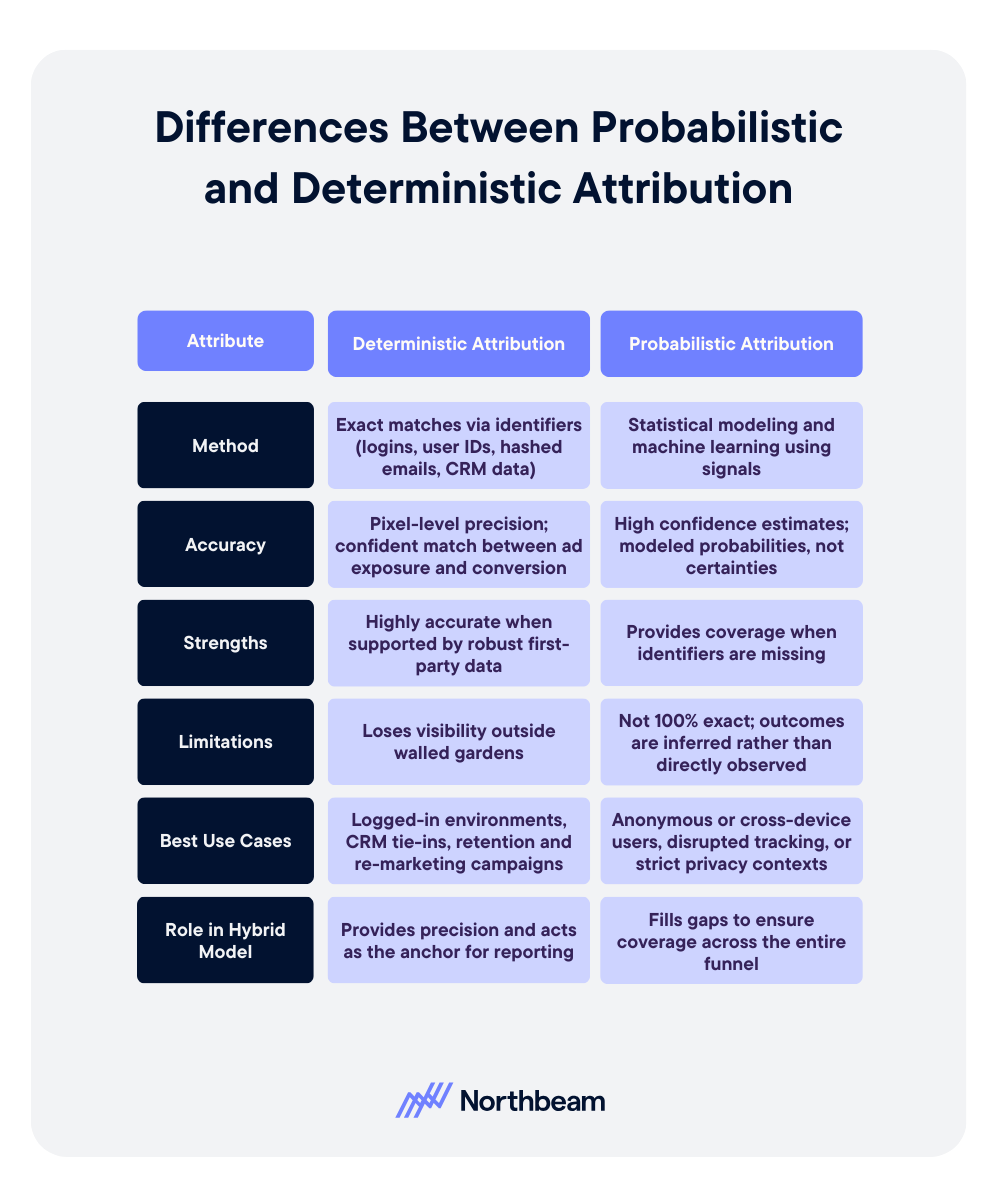
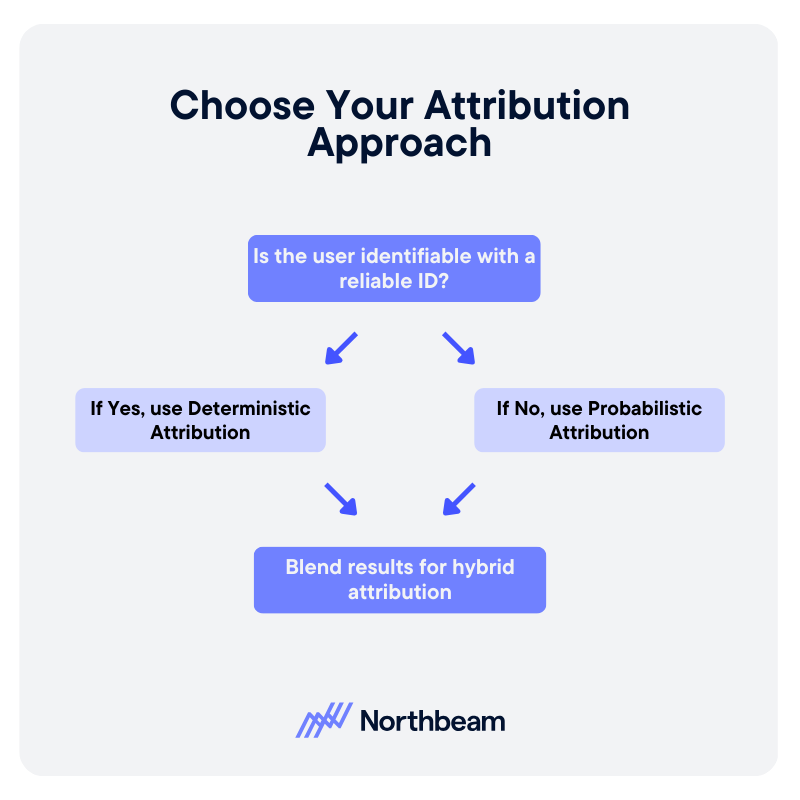





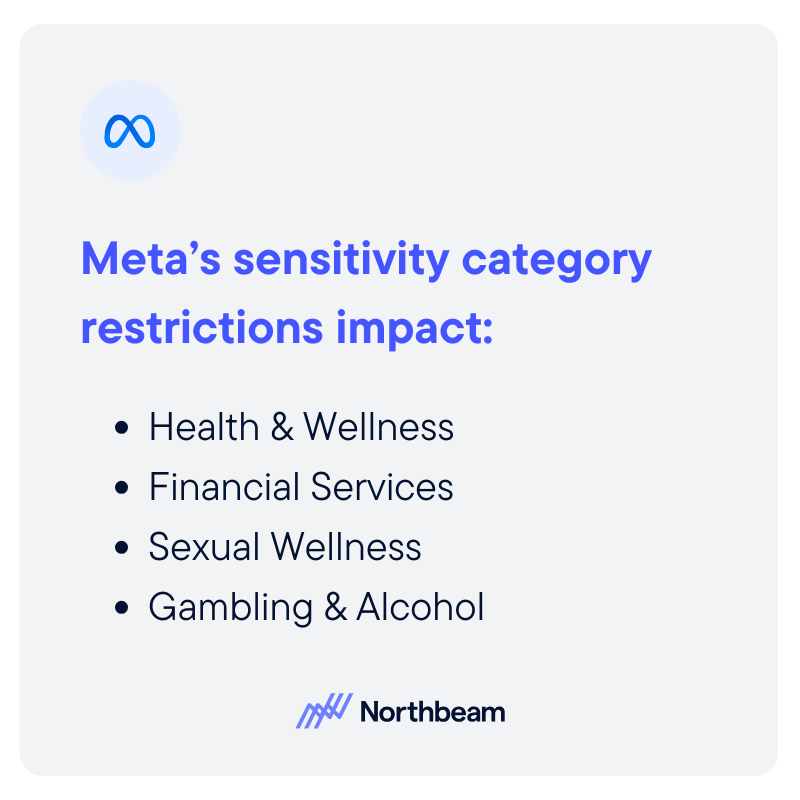
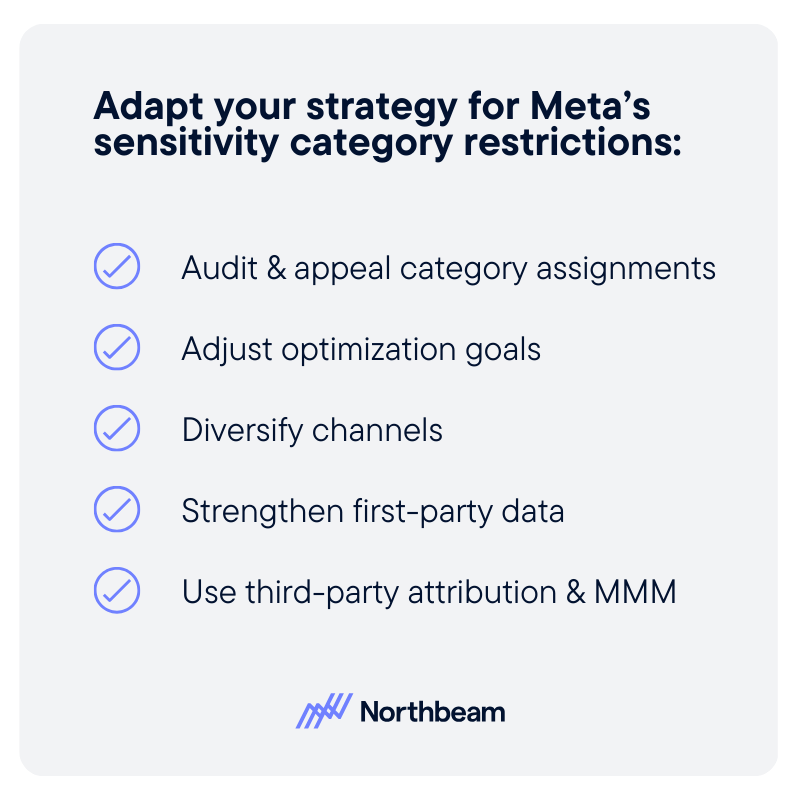

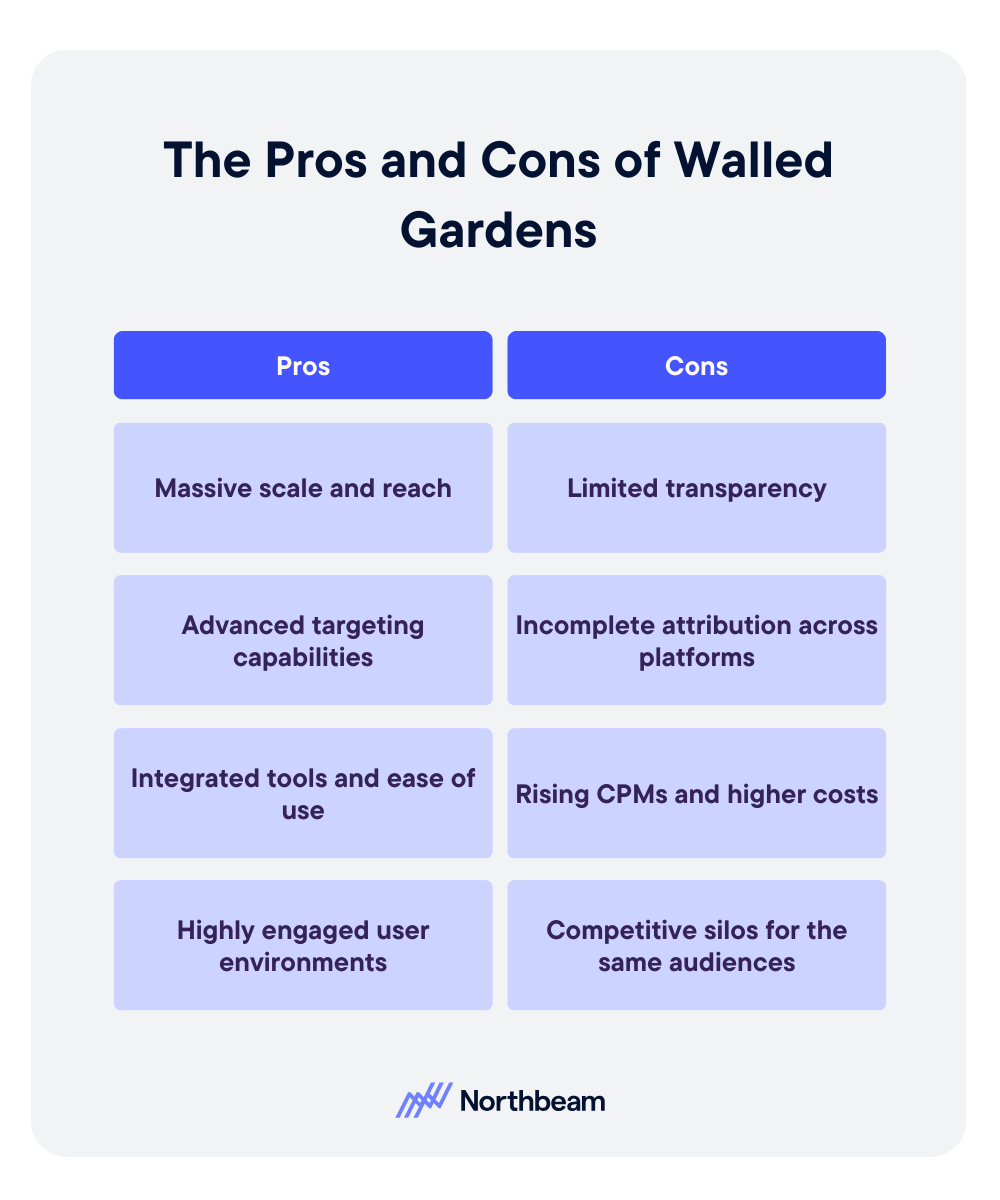
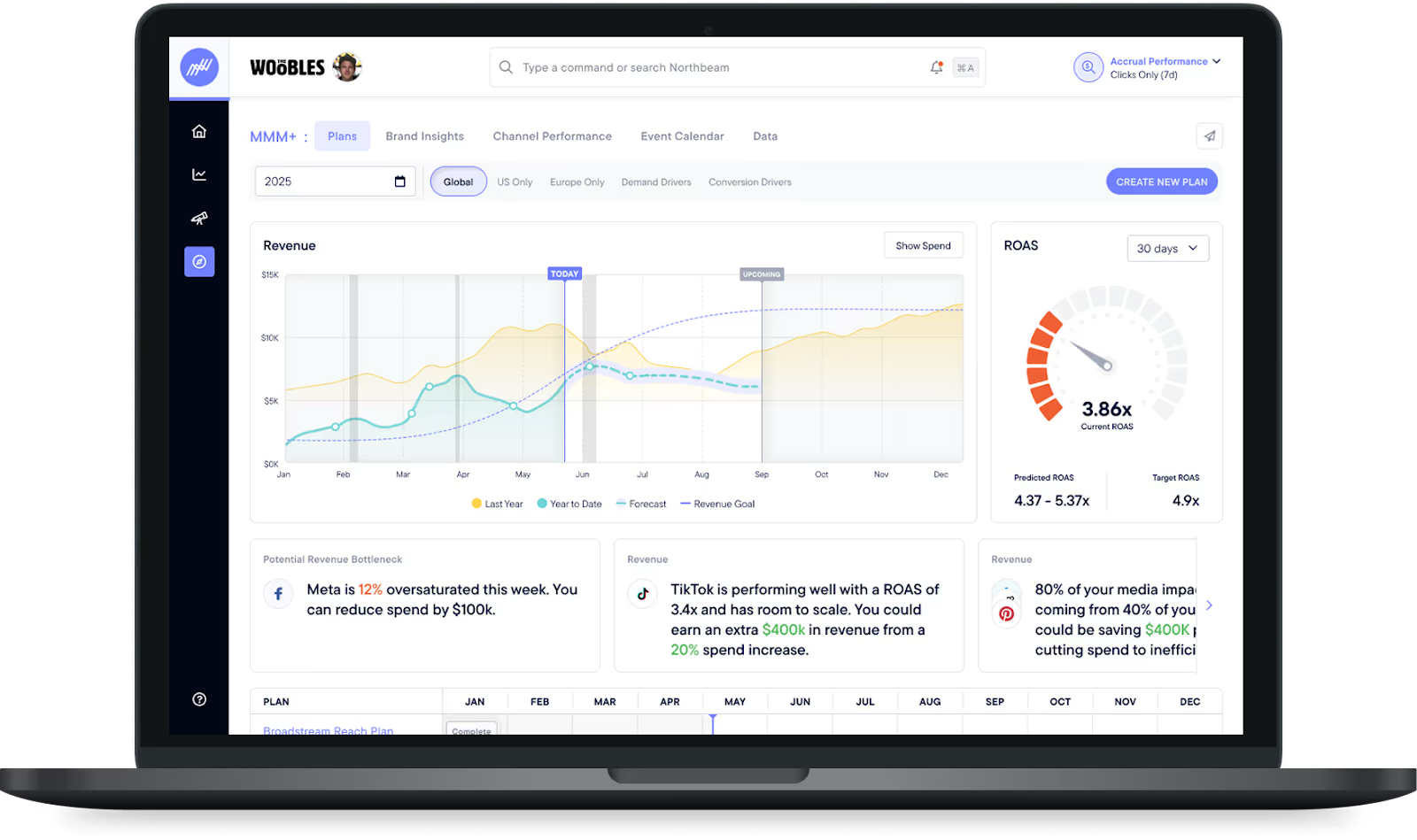




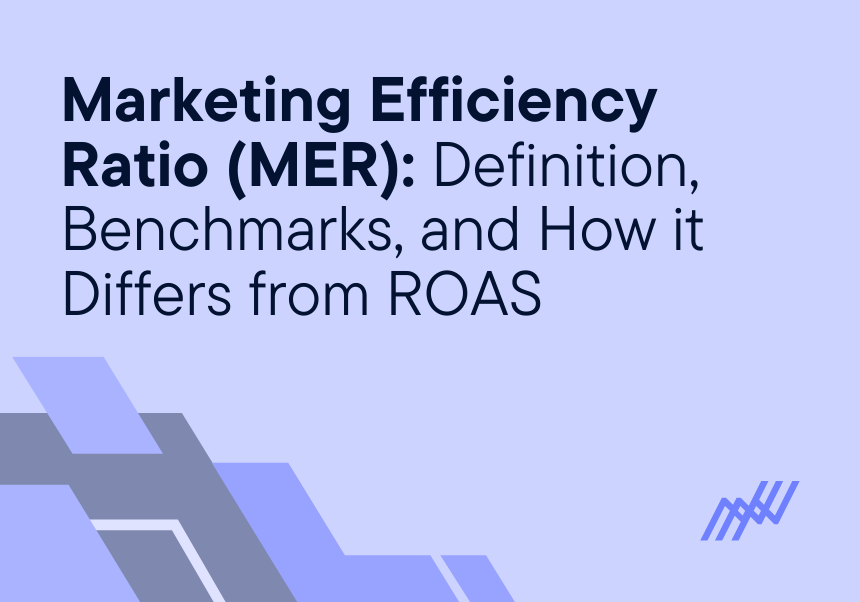


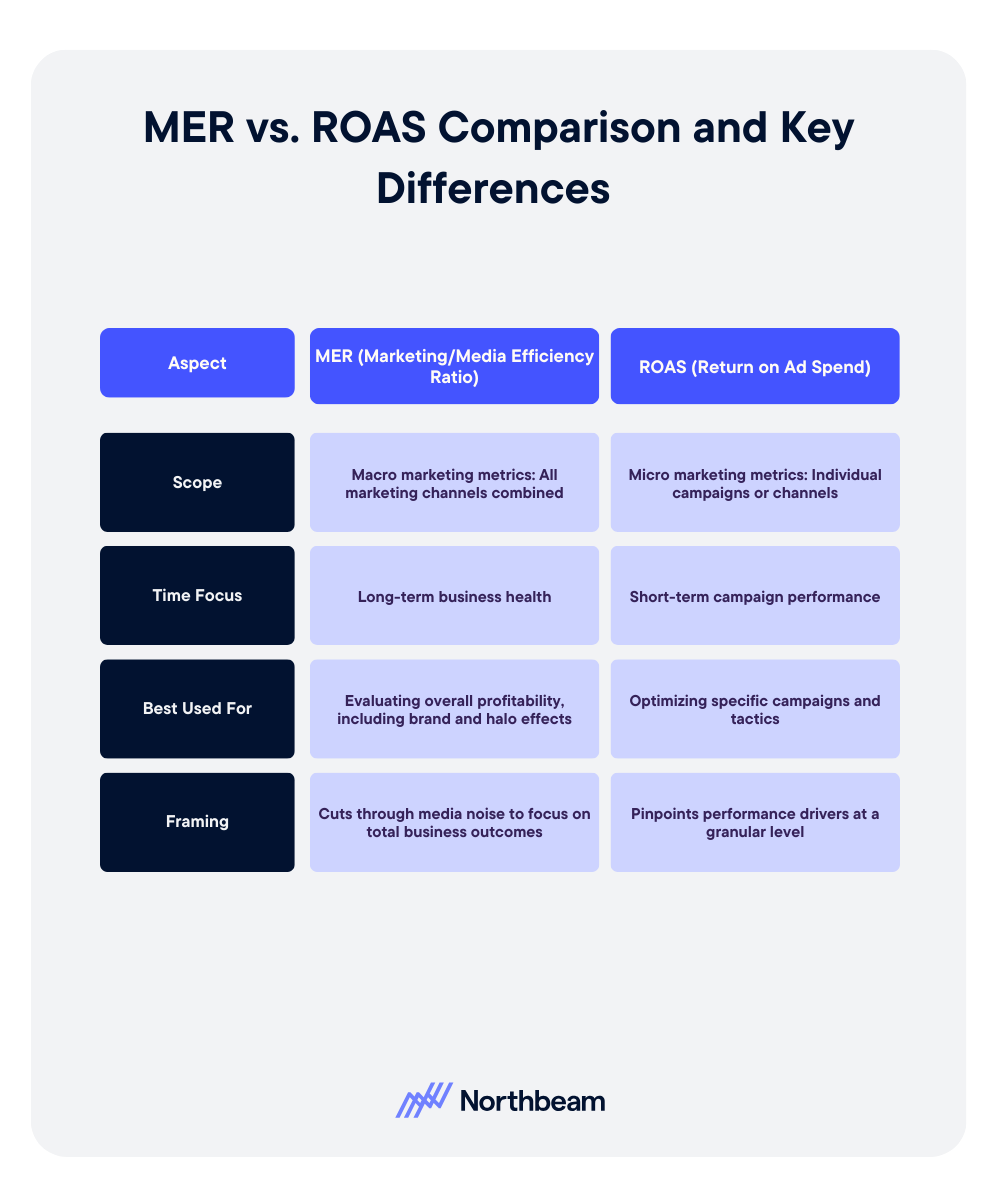







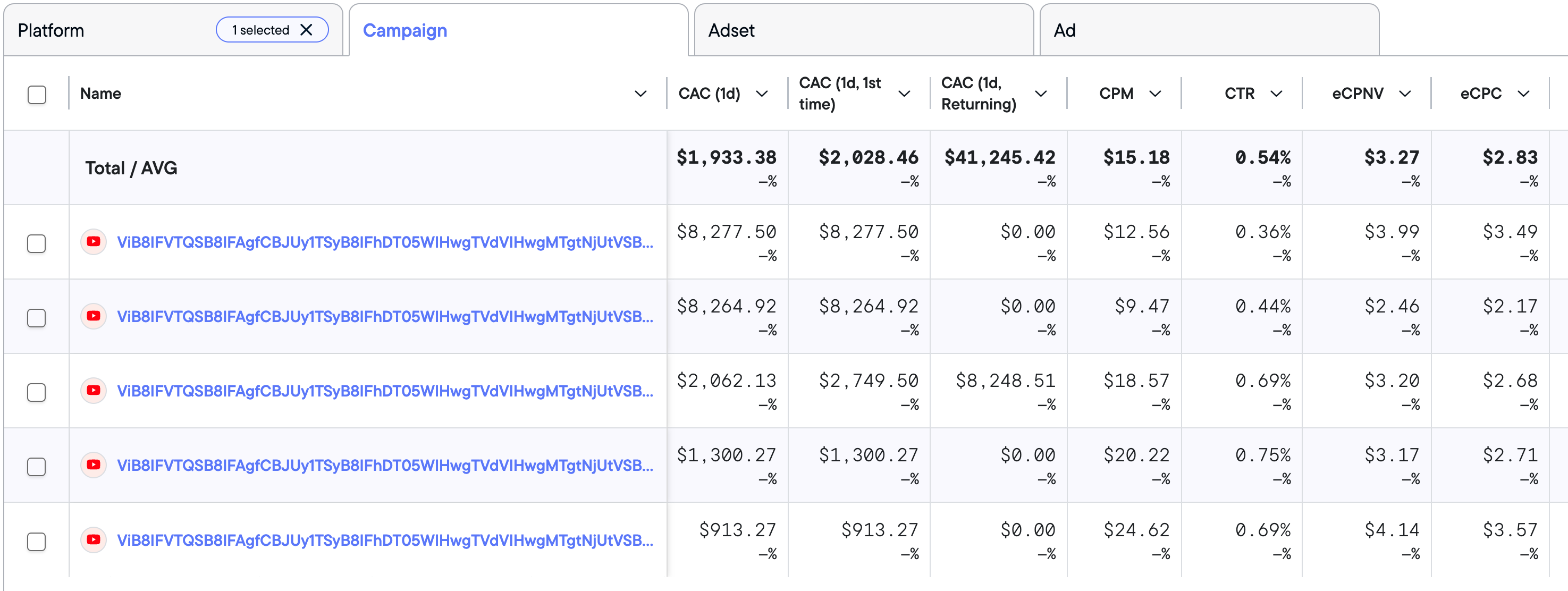


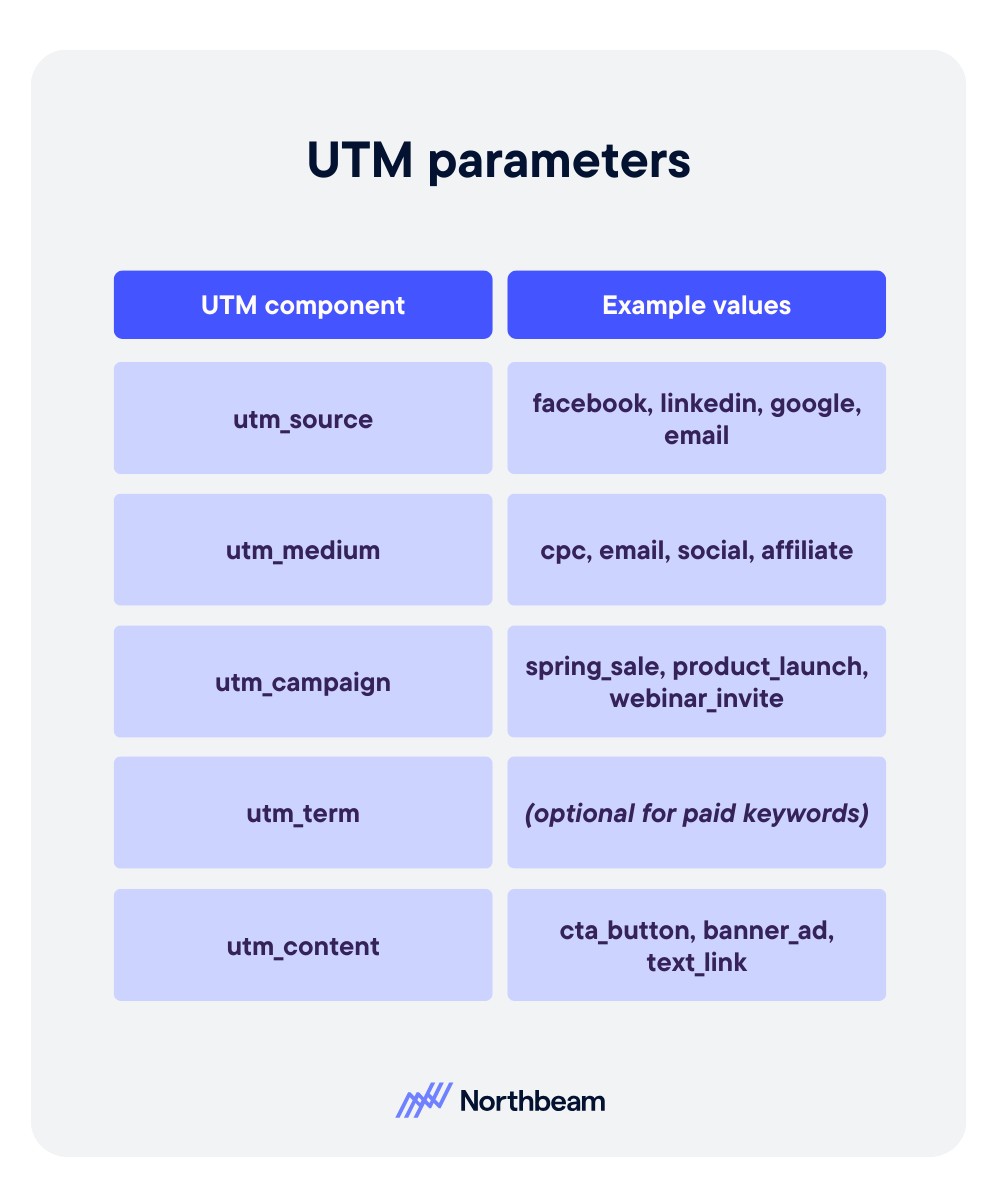
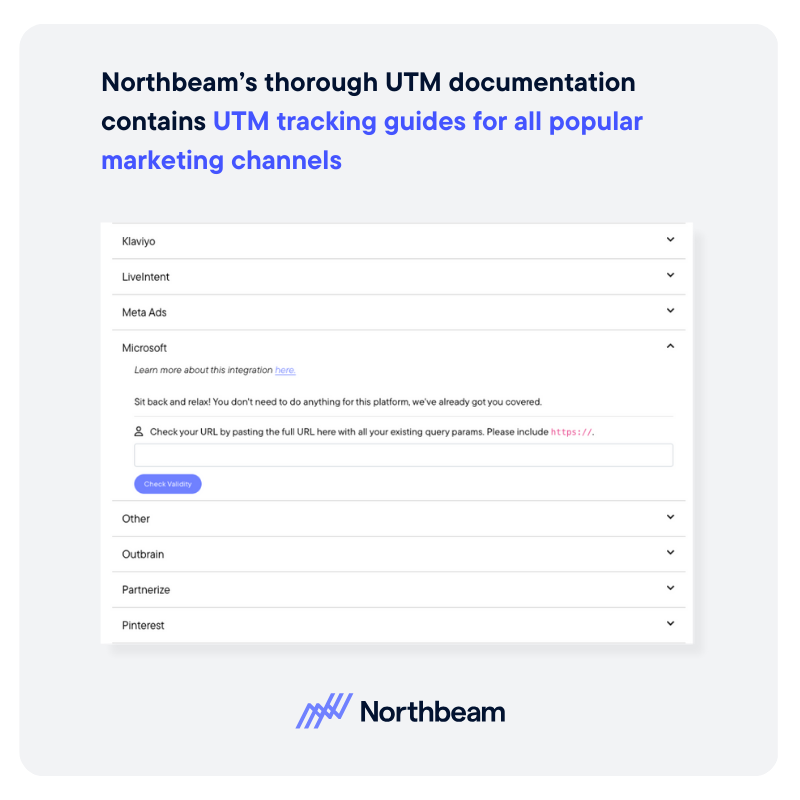

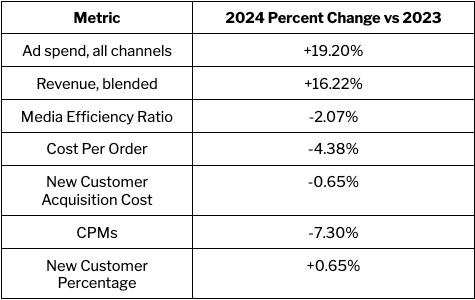
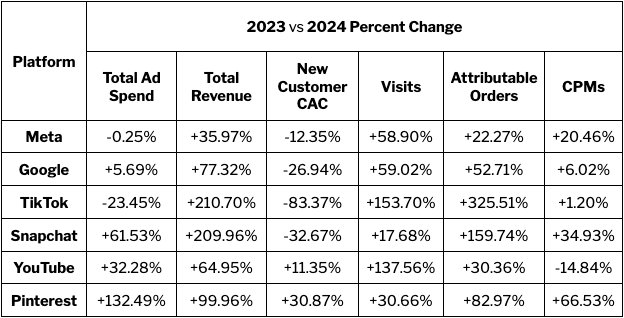

.png)

.png)

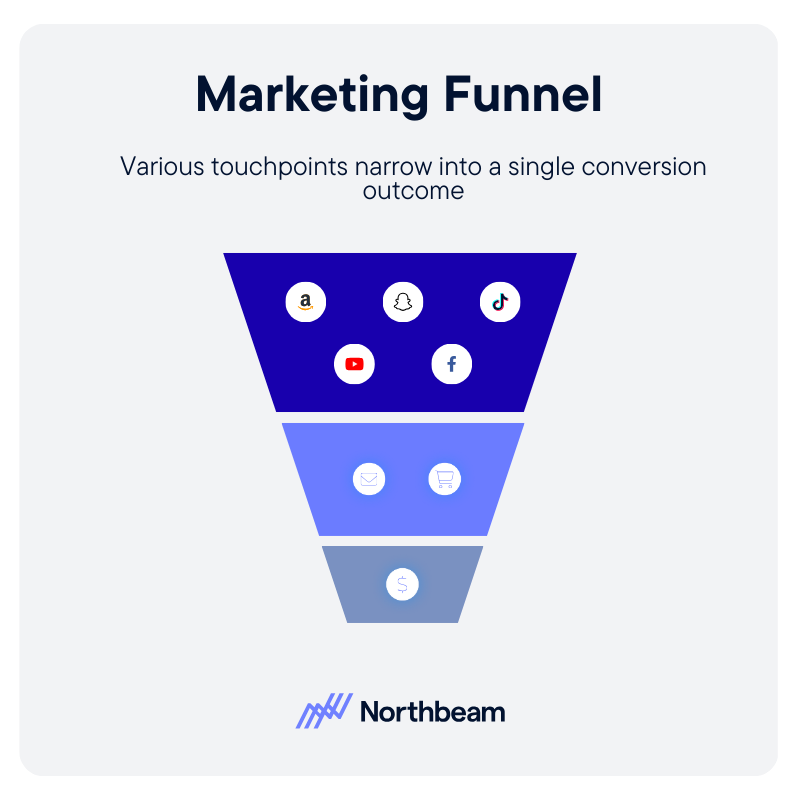










.svg)
